NATIONAL ACADEMY OF TELEVISION ARTS & SCIENCES
NASHVILLE/MIDSOUTH CHAPTER
Governors' Award

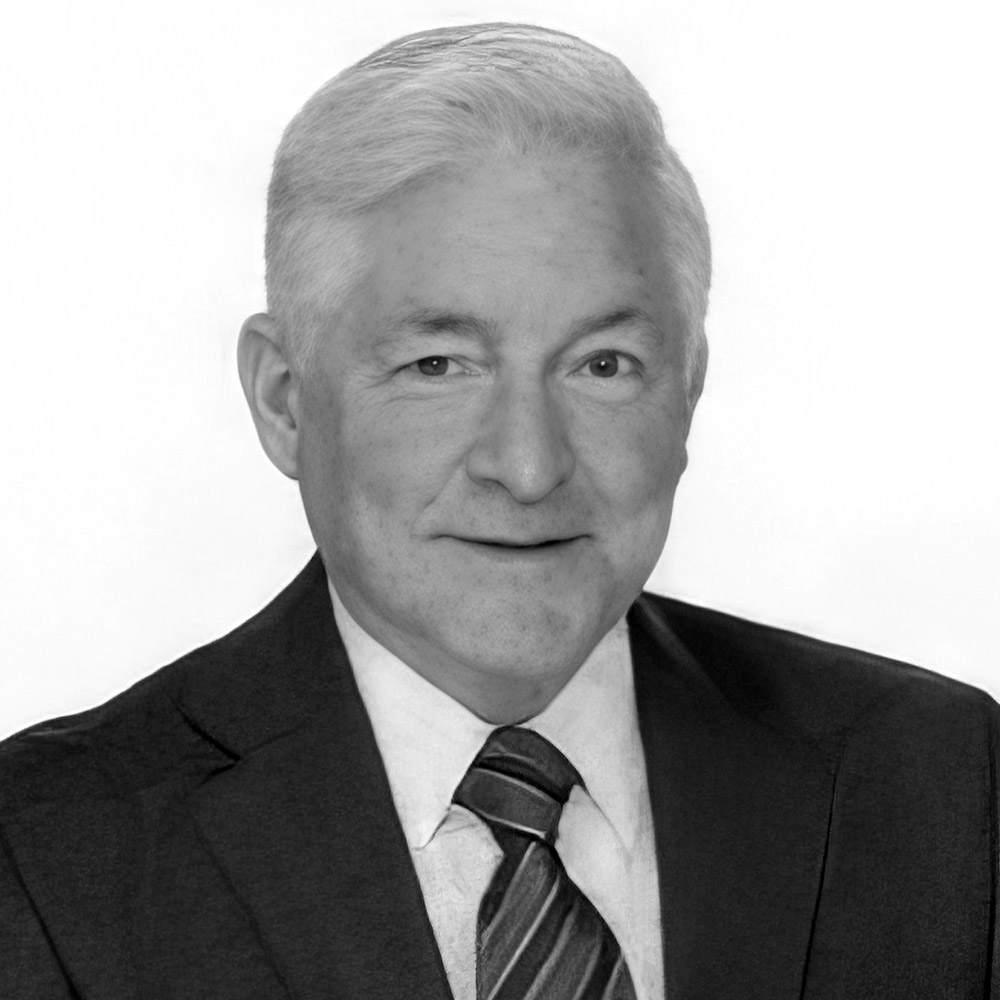
Governor's Award Honoree
Don Dare
Don Dare's fifty years as a television journalist has come full circle of educating and helping people first as a Broadcast Army officer in 1969, then continuing to pursue consumer advocacy at WATE Knoxville, where he has worked from 1996 to the present.
In December 1969, as a US Army Lieutenant fresh from Infantry Officer Candidate School, 2LT Dare began his career at WFG-TV, Fort Gordon, Georgia's Southeastern Signal School's Television Division where he produced and reported a weekly safety program. For his work he was awarded the US Army Commendation Medal, and then to American Forces Radio and TV, Vietnam. At AFVN, Saigon, Don first served as studio production chief. For his service in Vietnam, Don received the Bronze Star, Joint Service Commendation Medal, and various Vietnam Service ribbons.
Returning to civilian life in June 1972, Don pursued a graduate degree at the University of Georgia. At UGA, Don was a graduate assistant and also worked with the University's Public Relations Office. After earning his MA in Journalism, Don joined WLAC (now WTVF) in Nashville. From 1973 tol976, Don was given a variety of assignments: education, capital hill, and long-form special projects. In 1975, Don became part of WLAC's ground-breaking live broadcasts from the field. Channel Five was one of the first local TV stations to utilize microwave technology. For his work, Don received awards from the Tennessee Education Association, the TN Associated Press, and the Diamond Award. While in Nashville, Don was also an Adjunct-Professor at the University of Tennessee-Nashville.
From Nashville, Don moved to WCKT (now WSVN). Miami. While at WCKT, Don was recognized with the National Press Club's Consumer Award. In late 1979, KSDK, St. Louis, was Don's next stop. Don continued producing and reporting long-form news programs as well as specializing in health reporting. At KSDK, Don received an Emmy® award; the Cecil Award from the National Arthritis Foundation; and, two Missouri Broadcaster Association Awards.From St. Louis, Don went to Los Angeles, where he was a reporter for the national syndicated Newscope from April 1983 - February 1985. In California, Don was again an Adjunct-Professor at Moorpark College.
In March 1985, Don returned to WSVN as the station's Broward Bureau Anchor. In 1989, he moved to WFOR, as Broward Bureau Anchor.
In August 1996 Don arrived at WATE Knoxville, resuming his passion for consumer reporting. Don's 6 On-Your-Side reports became one of the station's most recognizable franchises His investigative reports have exposed political corruption, consumer fraud, illegal dental practices, government waste, unsanitary health care providers, Ponzi schemes. For ten days in 1999, he flew with the 137th Tennessee Air National Guard Air Refueling Wing over the war zone in Bosnia. Don's many awards include: a Murrow Award; National Society of ProfessionalJournalism Award; National Press Club's Consumer Reporting Award; National Headliner Award; Casey Medal on Children's Issues; Personal Finance Reporting Award, RTDNA/NEFE, Gabriel Award; Wilbur Award, Religion Communicators Council; Society of Environmental Reporting Award; National Autism Society Media Award; SPJ's Green Eyeshade Award; Lobe Award Finalist; AHCJ Finalist, Association of Health Care Journalists. Don has been named Reporter of the Year by the Tennessee Associated Press; AP Journalist of the Year; several First Place AP Awards; and many others.
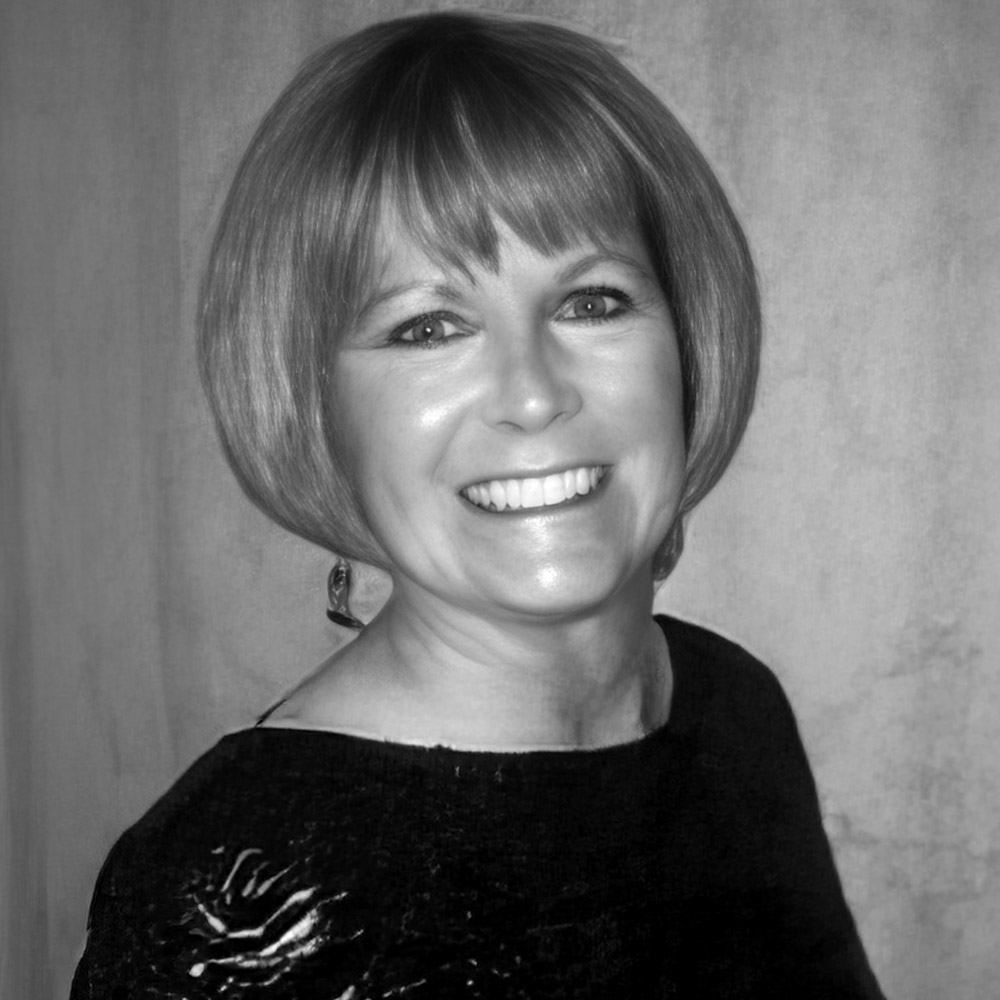
Governor's Award Honoree
Debbie Turner
Debbie Turner recently retired after nearly three decades in the broadcast media business. Most recently, she was the Vice President of Television Operations for the E.W. Scripps Company, overseeing 33 stations in 24 markets. Prior to the merger of Scripps and Journal Communications in 2015, Turner was the Executive Vice President of Journal Broadcast Group, responsible for the company's television stations in ten markets. She spent more than 20 years at NewsChannel5, the CBS affiliate in Nashville, Tenn., leading it as President and General Manager for the majority of that time.
Under Debbie's leadership, NewsChannel5 became the top-rated station in the market. Her unwavering support of the journalistic mission of the station enabled its growth and success as the community's news leader both on air and online. The station has earned numerous local, regional and national awards recognizing its excellence in journalism.
Debbie's passion for creating inclusive and diverse work environments and original programming focused on serving niche audiences has earned her recognition by the Human Rights Campaign and the National Organization for Workforce Diversity, among others.Debbie was recognized as the 2012 General Manager of the Year/mid markets by Broadcast and Cable and was given a Career Achievement Award by the International Association of Business Communicators. She was also inducted into the prestigious YWCA'sAcademy for Women of Achievement.
As an industry leader, Debbie has served on the CBS Affiliate Board, the NATAS Board of Trustees,the TennesseeAssociation of Broadcasters and the National Association of Broadcasters Education Foundation. She is a proud alum of the NABEF Leadership Program.
Debbie is active in the Nashville community and has served on a variety of boards, including the Community Foundation of Middle Tennessee, Leadership Nashville and the Center for Non-Profit Management. She also has served as an adjunct professor at Lipscomb University.
A CPA, Debbie received her BBA degree from the College of William and Mary and began her career as a auditor for Price Waterhouse.

Governor's Award Honoree
Dolly Parton
Known throughout the world as an extraordinary entertainer, songwriter, performer, actress, and wit, Dolly Parton is a genuine superstar.
Tonight, however, we honor her for her unstinting commitment and generosity to community service. Marshalling the media in a few days to broadcast the telethon to provide relief to the victims of the East Tennessee wildfires is one example of her determination and power.
Dolly has worked with charitable organizations in support of numerous causes over the years and established her own Dollywood Foundation in 1996. With the goal of improving literacy among young children, she created Dolly's Imagination Library, a program which donates more than 10 million books to children annually.
Though many of her charitable contributions are anonymous, Dolly has used her success to give back to her community by providing scholarships for children, donating thousands to hospitals and providing technology and supplies for classrooms.
In 2003, her efforts to preserve the bald eagle through the American Eagle Foundation's sanctuary at Dollywood earned her the Partnership Award from the U.S. Fish and Wildlife Service.
In September of 2009 Dolly joined Senator Bob Corker in the rededication of the Smoky Mountain National Park In December 2006, she pledged $500,000 toward a proposed $90 million hospital and cancer center to be constructed in Sevierville in the name of Dr. Robert F. Thomas, the physician who delivered her.
In 2016 response to the wild fires that damaged her beloved smoky mountains Parton developed the My People Fund and pledge $1000 dollars a month for 6 months for any resident whose home was destroyed by the wildfires. This was funded by the donation raised through her telethon Smoky Mountains Rise.
In October 2017, Dolly also assisted with the ongoing relief efforts around the United States and its territories by making a contribution to the One America Appeal for hurricane relief. In addition to the contribution, Dolly launched a partnership with Dolly Parton's Imagination Library to provide 500,000 books to hurricane affected areas through the First Book National Book Bank.
Governor's Award Honorees
Original TNN Remote Crew
In the 1970's, before cell phones, when you could get parts and pieces from Radio Shack, four men made their mark on the world of remote television production. They engaged producers and directors from coast to coast, putting Nashville engineering on the map. They were the trailblazers of what mobile television production has become today. The original TNN Remote crew are airline million-mile travelers, who spent decades covering such shows as Bob Hope, Dolly Parton and Carol Burnett, Lucy, Barbara Walters, Jimmy Carter in Plains, 14 hours of the first Farm-Aid, countless concerts, a slew of awards shows, including the early years of this very Emmy® telecast, and every kind of motor sports ever created. From Opryland Productions through TNN: The Nashville Network, CMT: Country Music Television, and MTV Networks Nashville, their award-winning standards continue today. Always behind the scenes, their impact is immeasurable.
- Gaylon Holloway, EIC
- Don Clagett, Video
- Wayne Womack, Lead Camera
- Robert Britton, Recording
Governor's Award Honoree
UNC TV
When UNC-TV’s original station - WUNC-TV in Chapel Hill - signed on the air January 8, 1955 as North Carolina’s first educational television station and the tenth in the nation, no one could foresee the 12-station statewide public television network it would become.
Today, UNC-TVprovides all 100 counties in North Carolina with inspiring and informative public television through its distinctive array of programs and services, including four digital channels; flagship UNC-TV, broadcasting in high definition; UNC-EX, The Explorer Channel; UNC-KD, The Kids Channel; and UNC-MX, The Eclectic Mix Channel. UNC-TV is North Carolina’s only statewide television network, made possible through a unique partnership of public investment and private support. UNC-TV is committed to producing, broadcasting and sharing content for and about North Carolina, making it the state’s most important source of information about North Carolina.
In fact, UNC-TV continues to be a leader in the amount of original local programming produced each year. In fiscal year 2013, UNC-TV and its production partners produced 332 hours of original content, with a diverse offering of series and specials, including its flagship public affairs series North Carolina Now, broadcast every week night, and celebrating its 20th anniversary on the air in 2014. Thanks to the COVE video player provided in conjunction with PBS, this content, along with national programming from PBS, is also available online through the UNC-TV web site.
UNC-TV also remains true to its educational roots. Scores of North Carolina teachers are registered to take advantage of the more than 30,000 learning objects available through the UNC-TV Learning Media web site, and the UNC-TV outreach staff conducts dozens of workshops around the state each year to equip teachers, caregivers and parents to take maximum advantage of the educational PBS kids programs and online content available to help children learn.
Public television is a public service, and UNC-TV strives to live by the words of its mission statement: Television has the power to change lives. Public television has the responsibility to change lives for the better... UNC-TV’s unique programs and public media services provide people of all ages with enriching, life-changing television.
Governor's Award Honoree
Vanderbilt Television News Archive
The Vanderbilt Television News Archive is the world's most extensive and complete archive of television news. The mission of the Vanderbilt Television News Archive focuses on creating, preserving and providing access to the news broadcasts from the U.S. national television networks. Recordings of news broadcasts from the U.S. national television networks, preserve the content for future generations, and provide the widest access possible within the copyright limitations. These broadcasts have been recorded since August 5, 1968. The core of the collection consists of regularly scheduled newscasts from ABC, CBS, NBC, CNN and Fox News. Other news content has also been recorded as it happens beyond these newscasts, including material from other networks.
The collection spans the presidential administrations of Lyndon Baines Johnson, Richard Nixon, Gerald Ford, Jimmy Carter, Ronald Reagan, George H.W. Bush, Bill Clinton, George W. Bush and Barack Obama. The core collection includes evening news broadcasts from ABC, CBS, and NBC (since 1968), an hour per day of CNN (since 1995) and Fox News (since 2004). Special news broadcasts found in the Archive include political conventions, presidential speeches and press conferences, Watergate hearings, coverage of the Persian Gulf War, the events of September 11, 2001, the War in Afghanistan, and the War in Iraq.
As a unit of the Vanderbilt University Libraries, the Vanderbilt Television News Archive works in partnership with the Motion Picture, Broadcasting, and Recorded Sound Division of the Library of Congress. Copies of the recorded programs are provided to the Library of Congress for permanent preservation.
Access to the content of the collection is available through a loan service and through streaming video. Due to copyright considerations, access to the streaming video is only available to a limited audience and only to limited parts of the collection. Currently only individuals associated with subscribing colleges and universities can view streaming video. Visitors to the Archive in Nashville can view all content from the collection. The Archive makes all the items in its collection available to the public through a loan service. To comply with the terms of the copyright law, copies of materials are considered a loan, and must be returned.
An Advisory Board provides guidance to the Archive. The Library of Congress, the National Science Foundation, and the National Endowment for the Humanities provide support to the work of the Archive.

Governor's Award Honoree
Capitol Broadcasting Fletcher Foundation
CAPITOL BROADCASTING COMPANY, INC.
Local, family owned broadcasters are a rare breed these days. Capitol Broadcasting Company is steeped in a rich history, created with three guiding principles: unwavering commitment to excellence, pursuit of new technology and an intense sense of responsibility to the community.
...to inform the public without bias or favor, is the station's highest duty.
With those words, Raleigh lawyer and businessman A.J. Fletcher launched a 250-watt AM radio station in 1937, forming Capitol Broadcasting Company. WRAL-AM went on the air in 1939, as only the second radio station in Raleigh, NC. WRAL-TV signed on the air in 1956, broadcasting from a garage studio at the transmitter site. What followed is 75 years of innovation led by a family of pioneers: A.J. Fletcher, his sons, and grandson, James F. Goodmon, Jr., current president and CEO. Goodmon and his sons, Jimmy and Michael, continue that legacy today.
CBC has a tradition of breaking new ground. The first satellite truck and news helicopter in N.C. The world's first experimental high definition license. The first television station in the world to gather and broadcast news entirely in high definition. The first television station in the country to deliver newscasts on wireless phones. The first public deployment of live, mobile digital TV. CBC New Media Group is a trailblazer in web and mobile distribution. Microspace Communications is the largest provider of satellite data in the world. The divisions of CBC have also raised tens of millions of dollars for local charities and community causes.
Capitol Broadcasting Company, Inc. is a diversified communications company which owns and/or operates five television stations: WRALTV in Raleigh, WRAZ-TV in Durham, WJZY-TV and WMYT-TV in Charlotte, and WILM-TV in Wilmington; Raleigh radio stations WRAL-FM, WRAL-HD2, and sports radio stations WCMC-FM and WDNC-AM; and five radio stations that make up Sunrise Broadcasting in Wilmington. Other divisions include Microspace, CBC New Media Group, Wolfpack Sports Marketing, the triple-A baseball affiliate Durham Bulls and real estate interests including the American Tobacco Project and Diamond View in downtown Durham.
A.J. FLETCHER FOUNDATION
The A.J. Fletcher Foundation was established by Capitol Broadcasting Company founder, A.J. Fletcher in 1948. Its original objective was to support Grass Roots Opera, one of Fletcher's numerous civic and artistic endeavors. With CBC's strong belief in the connection between the arts and successful communities, the nonprofit grew into a force for social progress in North Carolina, strengthening human services, giving voice to people without a voice, and shaping public policy through partnerships.
Today, the Foundation supports the Fletcher Academy, School of Achievement, Inc., a private, nonprofit school dedicated to children with learning differences. The Foundation supports other public charities located in North Carolina or serving North Carolina residents that have, as one of their purposes, the care or support of the elderly, infirm or indigent, the promotion of education, artistic endeavors, communication arts or public recreation or the fostering of religious faith.
Under the leadership of Barbara and Jim Goodmon, The A.J. Fletcher Foundation is realizing its vision to change North Carolina by helping people and organizations recognize and solve social and community problems.
Let's fix it together.
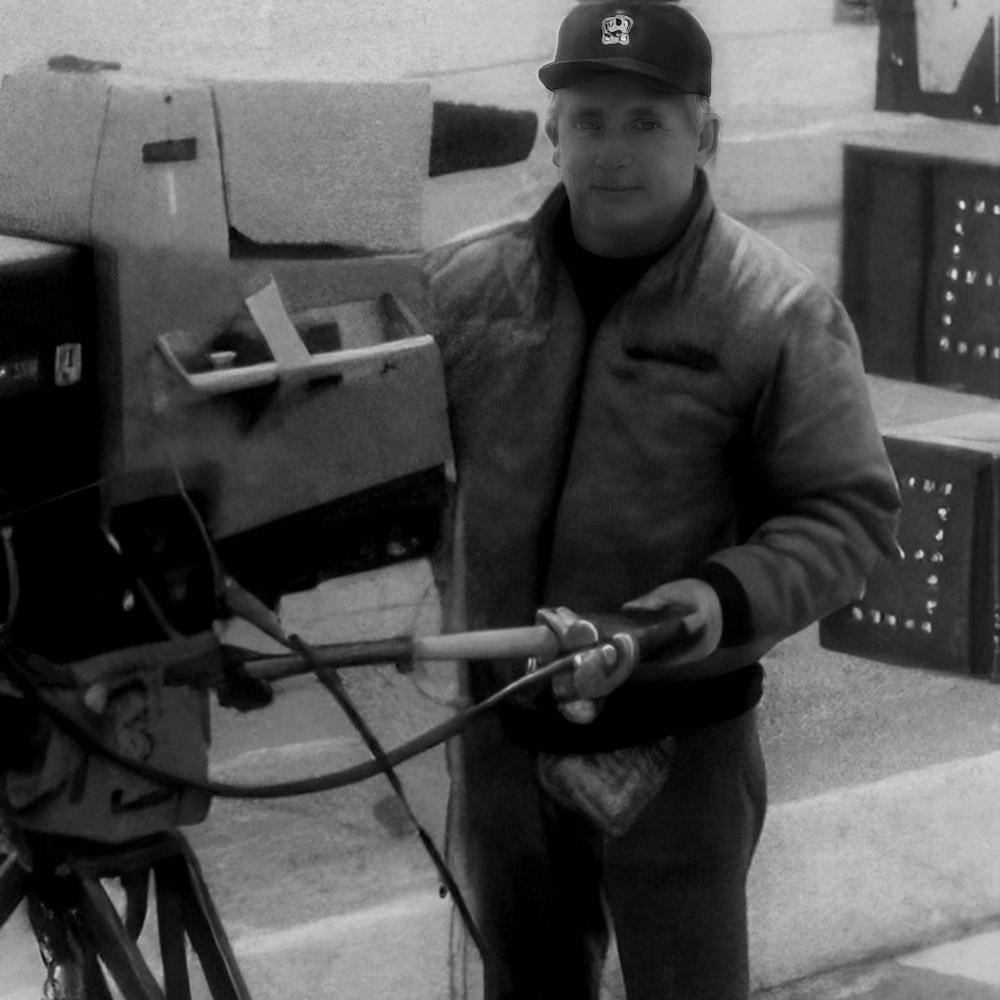
Governor's Award Honoree
Wayne Womack
...
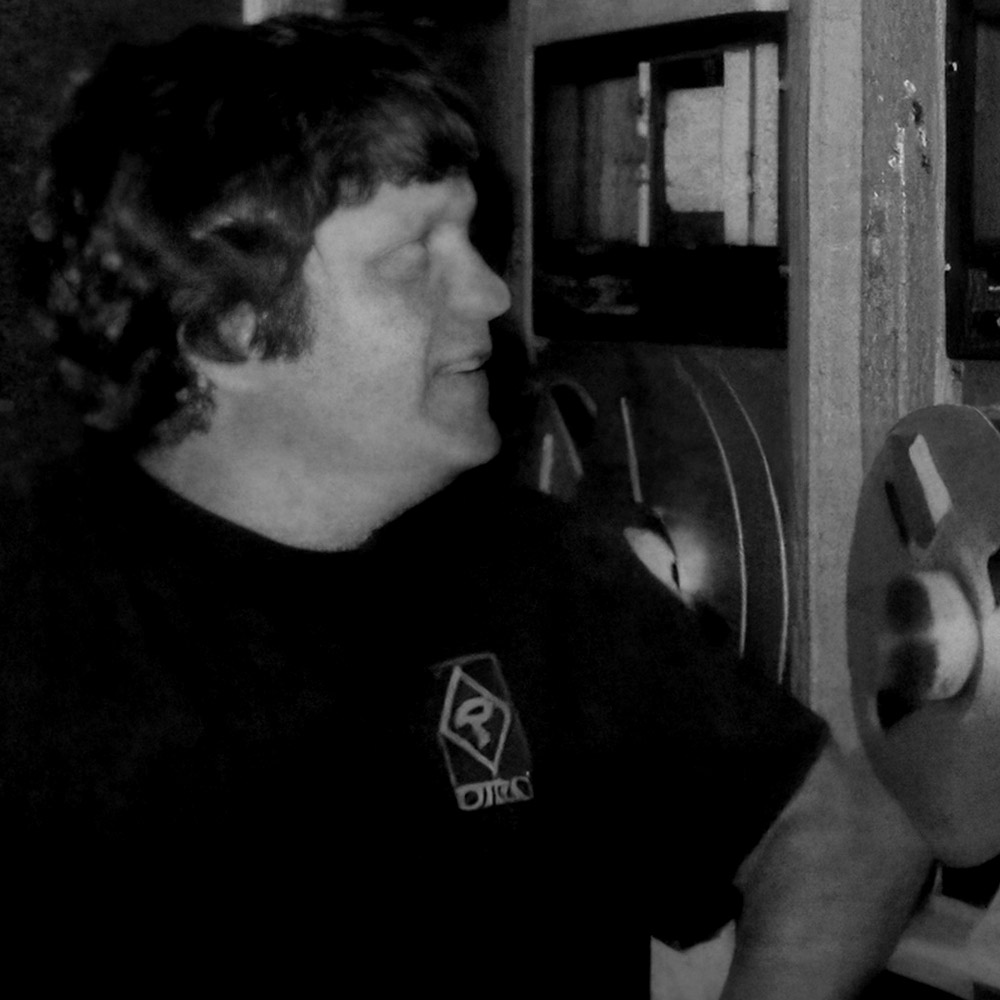
Governor's Award Honoree
Gaylon Holloway
...
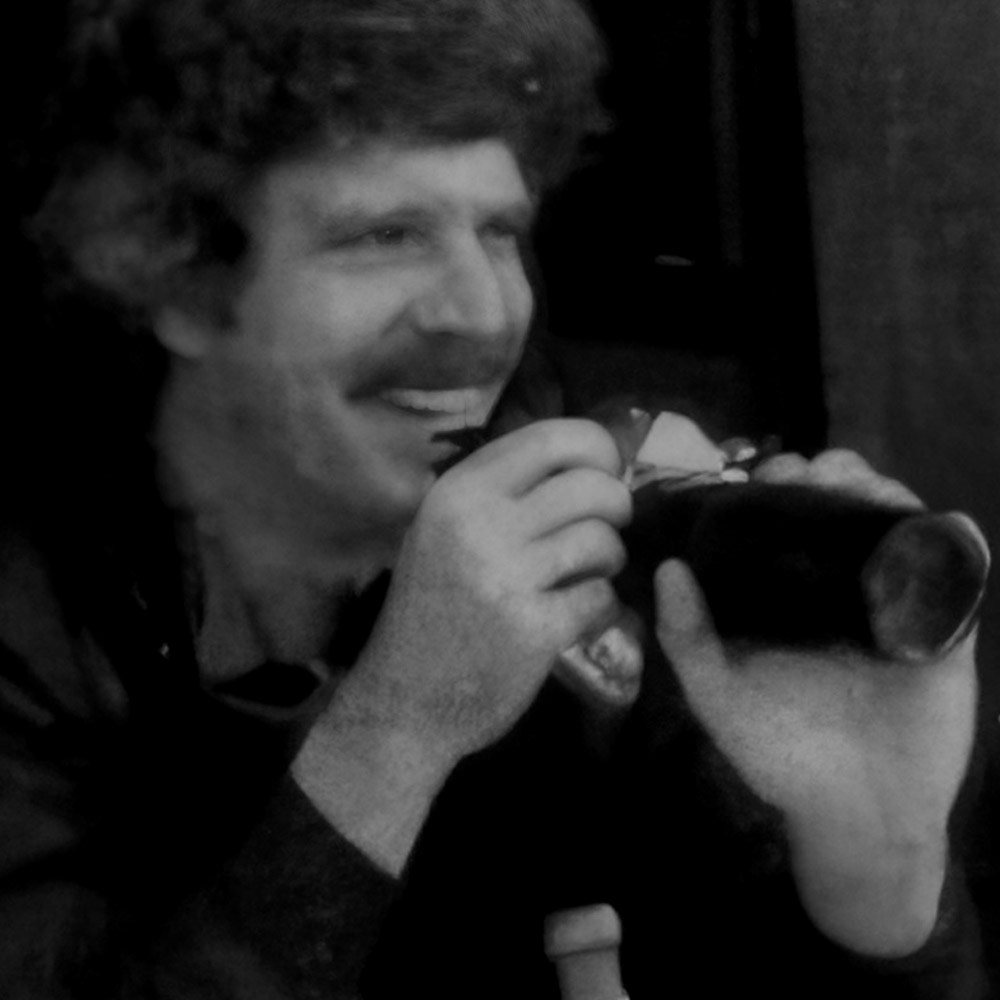
Governor's Award Honoree
Don Clagett
...
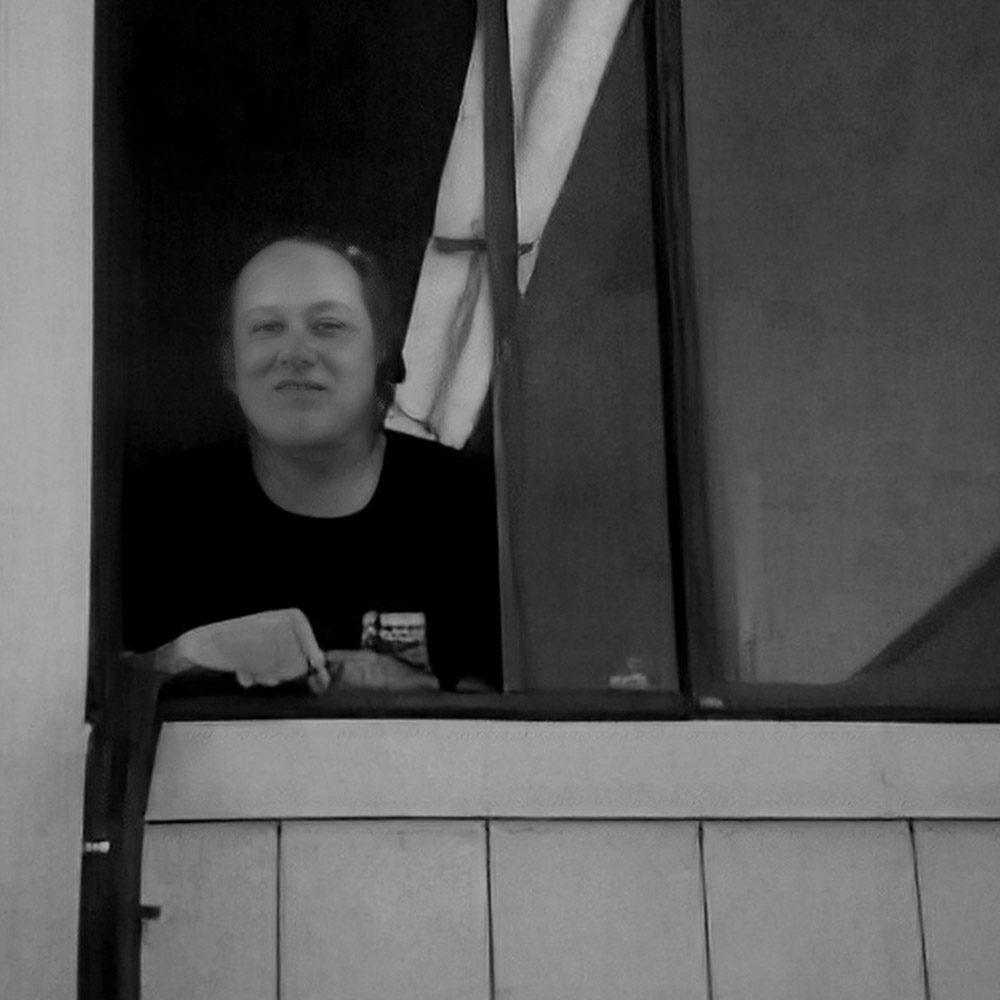
Governor's Award Honoree
Robert Britton
...
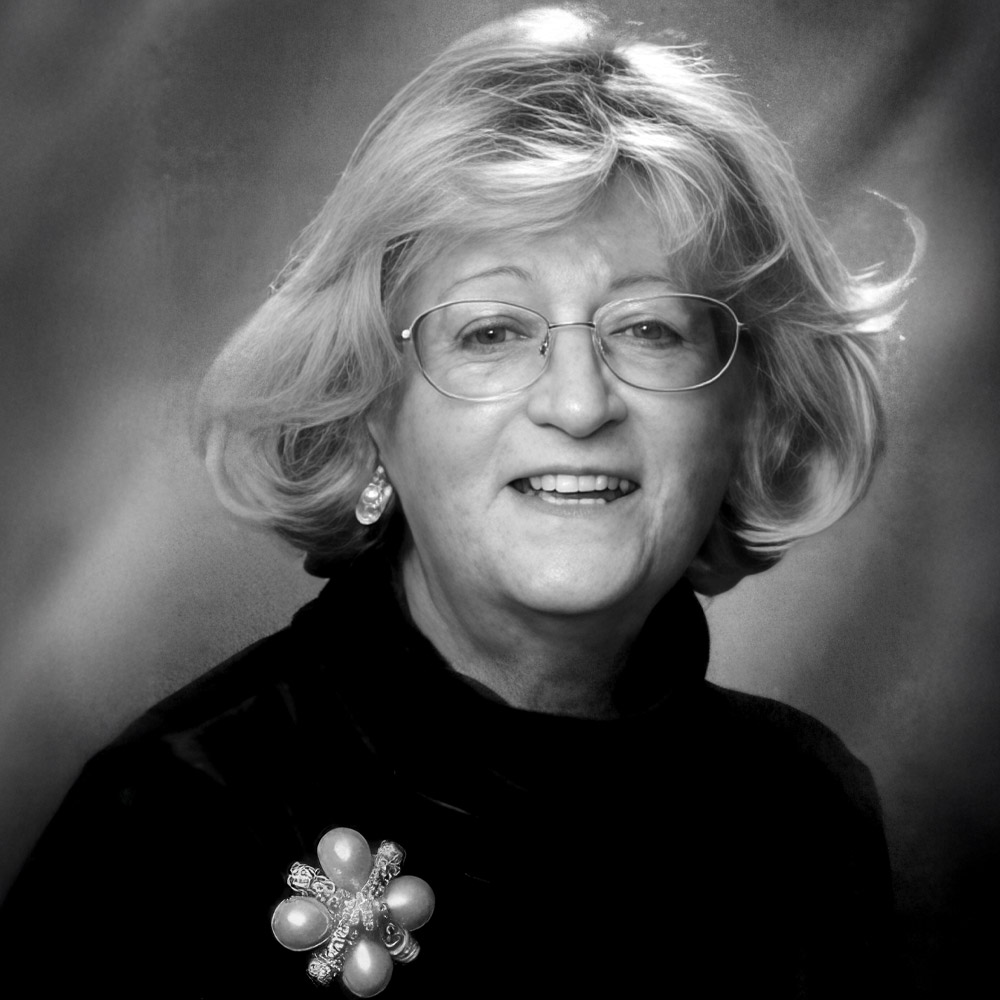
Governor's Award Honoree
Geneva M. Brignolo
Geneva changed direction and began her broadcasting career in 1969. After conducting economic research at the Federal Reserve Bank of Boston, she went to WGBH, public television in Boston. After beginning in the programming department, she worked on Rockefeller Artists in Residence, then on ZOOM!, Masterpiece Theatre, and The Advocates. In 1975, Geneva joined the syndicated Good Day! show at WCVB Boston.
She relocated to Los Angeles in 1980 to produce syndicated motor sports coverage and how-to series, which led to TNN's award-winning American Sports Cavalcade, and a move to Nashville in 1983. Subsequently she produced live national NASCAR television coverage.
During a trip to London in 1985, she spent some time visiting the BBC. For a lark, she traveled to Budapest in 1989 to work on Live from Dracula's Castle, starring George Hamilton, and was there when Hungary declared its independence from the former Soviet Union
In 1992, Geneva was elected to the board of the Nashville/Midsouth Chapter of The National Academy of Television Arts & Sciences, was elected President in 1993, and became Executive Director in 1994. She has produced the live telecast of the Midsouth Regional Emmy® Awards, seen on Nashville Public Television, on UNC-TV in North Carolina, and throughout the region since 1992. Geneva has also produced the Midsouth Regional Student Television Award for Excellence, honoring high school production, since its inception in 2003.
In addition to her Emmy® Awards, her honors include two national Cable Ace Awards. Geneva was a founding member of both the Boston/New England and Nashville/Midsouth Chapters of NATAS. She has served on the advisory boards of Watkins Institute, and Nashville CARES, and on the board of FilmNashville. From 2002-2008, she was chairman of the NATAS National Administration Committee, and was reappointed in 2010. She also serves on the NATAS National Development Committee.

Governor's Award Honoree
WZTV
The 1,000 year flood in Nashville could not falter the strength of FOX 17 (WZTV). At 8pm Sunday night, Metro Police told them to immediately evacuate. The station backs up to a levee of the Cumberland River. FOX 17 was now in imminent danger. After non-stop coverage for 2 days, they had to pack up their gear and leave without airing the 9pm newscast. During the time Fox17 was evacuated from the station, crews were dispatched from staffer’s homes and allowed 2-3 hours in to put stories and newscasts together. Tuesday afternoon, they were allowed in for 3 hours. They had to rent a busto shuttle their staff in since multiple vehicles were not allowed in and out ofMetro Center. FOX 17 put together a 90 minute newscast in 2 hours. They went live with it while simultaneously taping it and left it to air in place of the 9 and 10pm News.
Like our united city FOX 17 proudly says WE ARE NASHVILLE!

Governor's Award Honoree
WTVF
When the rain and storms began on May 1, WTVF was on the air tornado warnings and other weather watches. The coverage not only brought viewers information about the flooding issues and road closures, their crews delivered unbelievable stories of devastation and rescues, with sights that were unimaginable before the flood. As the storms continued, WTVF stayed on the air for 13 hours non-stop. They were back on the air very early Sunday prior to the start of the morning newscast as more severe storms developed, and the waters kept rising. They were on the air for 20 more hours Sunday. During the coverage, their basement level newsroom started to flood as storm waters backed up into drains forcing the staff out of the newsroom. All equipment started to be moved while on-air coverage continued. One million gallons of water was pumped from the newsroom over several days forcing it to be gutted with newsroom staff moved to temporary locations for months. While the weather team fronted the coverage, this was a total team effort.

Governor's Award Honoree
WSMV
When floods threatened Middle Tennessee, WSMV began wall-to-wall news and weather coverage of every element of the breaking event. The Channel 4 Weather Team was on the air continuously, while the station faced the challenge of hockey playoffs and the Kentucky Derby. Monday, May 3rd was the first morning middle Tennessee woke up to see the historic flooding from the Cumberland and Harpeth Rivers as they flowed far outside their banks, drowning much of the midstate. The morning show ran for 5 hours, nonstop, all ad lib, with no commercials as WSMV brought viewers the latest live looks both from the air and the ground. WSMV stayed on the air for days of wall-to-wall coverage, with life-saving information. Their coverage branched out to tell powerful stories of survival and recovery. Only WSMV-TV and the Channel 41-Team uncovered something that may have made a disaster even worse. The investigative team discovered that a series of confusions and miscommunications about how much water the Army Corps ofEngineers released into the Cumberland River. Those reports helped spark a Congressional investigation and hearing.

Governor's Award Honoree
WKRN
In May, Nashville and NEWS 2 (WKRN) came to grips with a once in a half millennium event, the Nashville flood of 2010. The flood killed dozens, caused billions of dollars in damage and left victims homeless and emotionally scarred. The staff at WKRN left their own damaged homes to deliver countless hours of life and death information. NEWS 2 was reporting live from flooded interstates and neighborhoods. NEWS 2’s weather team became the viewers lifeline for information as they continually tracked the storm. The station reported live from the flood using microwave and satellite trucks, and also utilized traffic cameras and UStream to bring images of heroic rescue efforts. NEWS 2 built a network of media platforms to cover this once in a lifetime event which included the over the air channel, the Nashville WX weather channel on local cable, wkm.com, and a simulcast on a local radio station.
Governor's Award Honoree
Freedom Forum
The Freedom Forum, based in Washington, D.C., is a nonpartisan foundation that champions the First Amendment as a cornerstone of democracy.
The Freedom Forum is the main funder of the operations of the Newseum in Washington, D.C., the First Amendment Center and the Diversity Institute. The First Amendment Center and the Diversity Institute are housed in the John Seigenthaler Center at Vanderbilt University in Nashville, Tenn. The First Amendment Center also has offices in Washington and the Diversity Institute has offices and programs at the University of South Dakota in Vermillion.
The Freedom Forum was established in 1991 under the direction of Founder Al Neuharth as successor to a foundation started in 1935 by newspaper publisher Frank E. Gannett. The Freedom Forum is not affiliated with Gannett Co. Its work is supported by income from an endowment of diversified assets.
SPEAKING FREELY
Speaking Freely is a television program about free expression and the arts. Episodes featured leading singers, songwriters, playwrights, authors, actors and others who offered first hand insight into the trials and triumphs of free expression in America. Among the guests who used their creativity, writing and voices to make a difference. Hip Hop founder Russell Simmons, blacklisted screenwriter Walter Bernstein, outspoken actors Susan Sarandon, Robert Redford, director Oliver Stone and television pioneer Norman Lear. Transcripts and videos of the programs of the programs are available online at www.firstamendmentcenter.org “This is a show that truly reflects the marketplace of ideas; It can entertain, educate, inform and even inspire. You’ll find free speech at is most vibrant on ‘Speaking Freely.’ said host Ken Paulson. Original episodes aired for five seasons on public television nationwide, and rebroadcasts continue on local public and cable stations.
NEWSEUM
The Newseum — a 250,000-square-foot museum of news — offers visitors an experience that blends five centuries of news history with up-to-the-second technology and hands-on exhibits. From its location on Pennsylvania Avenue in Washington, D.C., between the White House and the Capitol, the Newseum blends 500 years of news history, up-to-the second technology and hands-on exhibits for a one-of-a-kind experience. The exterior’s unique architectural features include a 74-foot-high marble engraving of the First Amendment and an immense front wall of glass through which passers-by can watch the museum fulfill its mission of providing a forum where the media and the public can gain a better understanding of each other.
The Newseum features seven levels of galleries, theaters, retail spaces and visitor services. It offers a unique environment that take visitors behind the scenes to experience how and why news is made. The Newseum educates the public about the value of a free press in a free society and tells the stories of the world’s important events in unique and engaging ways. The Newseum includes the two Knight television studios, used by a variety of broadcast operations throughout the year as well as for original programs, and each Sunday by ABC News for its This Week Sunday show. The Newseum was the anchor spot for a number of major news organizations reporting in 2009 on President Obama’s inauguration.
FIRST AMENDMENT CENTER
The First Amendment Center, founded by John Seigenthaler, was created on Dec. 15, 1991, the 200th anniversary of the ratification of the Bill ofRights — the first 10 amendments to the U.S. Constitution.
The Center builds understanding of core First Amendment freedoms through education, information and entertainment, and serves as a forum for the study and exploration of free-expression issues, including freedom of speech, of the press and of religion, and the rights to assemble and to petition the government. Its affiliation with Vanderbilt University is through the Vanderbilt Institute for Public Policy Studies. Its offices on the Vanderbilt campus are located in the John Seigenthaler Center.
The center’s programs provide education and information to the public and groups including First Amendment scholars and experts, educators, government policy makers, legal experts and students. The center is nonpartisan and does not lobby or litigate.
The center’s Web site, www.firstamendmentcenter.org, is one of the most authoritative sources of news, information and commentary in the nation on First Amendment issues. It features daily updates on news about First Amendment-related developments, as well as information and detailed reports about U.S. Supreme Court cases Involving the First Amendment, and commentary, analysis and special reports involving free expression, press freedom and religious-liberty issues.
Governor's Award Honoree
NASA TV Marshall Space Flight Center
On the 50th Anniversary of the National Aeronautics and Space Administration, we honor NASA Television.
The roots of NASA TV reach back to the beginning of the space race - and the launch ofAmerica’s first astronaut in 1961. It meant a whole new operation -television covering Alan Shepard’s mission. As public interest in the space program grew, so did NASA TV’s coverage.
With Apollo 7, the first live broadcast from space would wow audiences worldwide. On Christmas Eve 1968, the crew of Apollo 8 orbiting the moon read from the book of Genesis...” In the beginning, God created the Heaven and the Earth.”
In 1969, after Neil Armstrong and Buzz Aldrin brought the Eagle to a soft landing on the moon, NASA TV carried the most celebrated moment in the history of broadcasting... ’’That’s one small step for (a) man, one giant leap for mankind.”
For the next 40 years, NASA TV would share even more: Voyager’s trip through the solar system...the awe-inspiring images of the Hubble Space Telescope... from the Mars Exploration Rovers landing on the Red Planet.. .to live coverage of the space shuttle and the International Space Station, often from the vantage point of astronauts living and working in space.
Today, NASA TV offers a variety of programming in standard and high definition, including live specials... news conferences.... education programming and science updates... and continuous newsfeeds providing footage and interviews to news organizations around the world.
And NASA is working on the next advancement in communications technology as part of its next great voyage.
THE MARSHALL SPACE FLIGHT CENTER
From the mighty roar of rocket engines to extraordinary scientific discoveries about our universe, Marshall Space Flight Center in Huntsville, Alabama is enabling the nation’s exploration of space as it has since 1960. While the center inspired the Rocket City nickname of its hometown, propulsion is only one of the many cutting-edge exploration and research projects going on at Marshall. The center uses its talented team members, extensive experience and state-of-the-art facilities to serve the interests of both science and exploration.
Their work has increased understanding about our universe, ground-breaking scientific discoveries, improvements to life on Earth, and an improved ability to work and live in space. The Marshall Center's unique expertise and experience are being used to develop and operate the space systems America needs to journey into low Earth orbit and beyond. Marshall provides the multidiscipline engineering expertise behind propulsion and transportation systems such as the space shuttle and Ares rockets. The center develops, integrates, and operates major components and systems on the International Space Station and supports its operations around the clock.
Leading NASA in rocket propulsion technology, Marshall has been launching spacecraft and explorers into space since the beginning of the U.S. space program. From Apollo to space shuttle, the center has played a critical role in transporting people, supplies, and science experiments into low Earth orbit.
In 1997 Marshall was named Lead Center for NASA’s transition to digital television. Television engineers at Marshall implemented the transition ofNASATV from a single analog channel to a multiple channel digital system, conducted numerous experiments using High Definition Television cameras on the Space Shuttle and Space Station, provided for the first ever live HDTV program from a space craft, and supported several return-to-flight imaging upgrades in the wake of the Columbia accident. Plans are underway to add a NASA HD channel to NASA TV, and preparing the technologies necessary for HDTV coverage of our next steps on the Moon.
Marshall's expertise opens the door to scientific discoveries, helping NASA achieve a balance between science and exploration. Since the early days of the space program, the center has increased human understanding of the universe through its contributions to planetary, lunar. Earth, and high energy sciences.
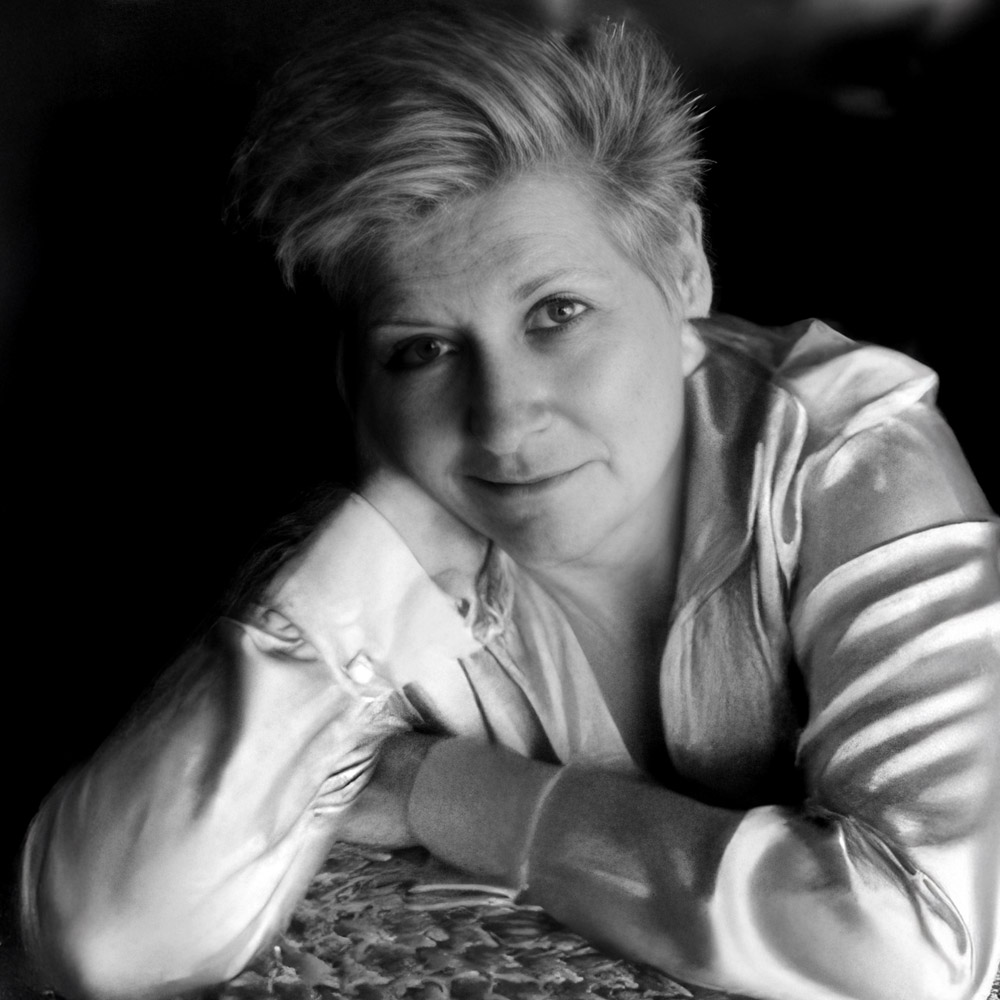
Governor's Award Honoree
Judy Girard
Judy Girard, president of HGTV, assumed her position in November 2005 after serving as president of Shop At Home Network. During her tenure at Shop At Home, she managed the network’s integration into the television commerce strategy for Scripps Networks and its lifestyle television brands: HGTV, Food Network, DIY Network and Fine Living.
Previously Ms. Girard served as president of Food Network, where she was responsible for programming, marketing and promotions for the network and content on foodnetwork.com. Additionally, Ms. Girard served as senior vice president of programming and content development for Scripps Networks. She was responsible for the planning and coordination required for using programming content generated by all the Scripps Networks brands and the development of the DIY Network.
Ms. Girard, a long-time television executive, also served as senior vice president of programming for Americast, a joint venture of Disney, BellSouth, SBC Communications, Ameritech and GTE Corp., where she oversaw video and interactive services. At Americast, Ms. Girard worked with Disney and other partners to build a 125-plus channel programming entity.
Prior to Americast, Ms. Girard was senior vice president, programming and production at Lifetime. At Lifetime, she was responsible for revamping the company’s programming department, launching Intimate Portrait and developing a new monthly movie franchise, Lifetime Original Movie, which included the highly-successful, Almost Golden: The Jessica Savitch Story.
From 1991-1993, Ms. Girard was vice president of broadcasting at New York’s WNBC-TV. From 1989- 1991, Ms. Girard served as vice president of program development for the NBC owned-and-operated stations. Ms. Girard also was instrumental in developing successful syndication partnerships between Multimedia Entertainment talk shows, such as Phil Donahue and Sally Jessy Raphael, and the NBC-owned stations.
From 1979-1987, Ms. Girard held various positions within Hearst Broadcasting including director of programming operations and promotion for WTAE-TV, Pittsburgh and WBAL-TV, Baltimore. From 1973-1979, she served as station manager at WOWK-TV, Huntington, West Virginia and program manager for WBNG-TV, Binghamton, New York. Her television career began in 1968 at WPVI-TV, Philadelphia.
Ms. Girard graduated from Ithaca College with a Bachelor of Science degree in radio-television-film. She resides in Knoxville, Tennessee and Wilmington, North' Carolina.
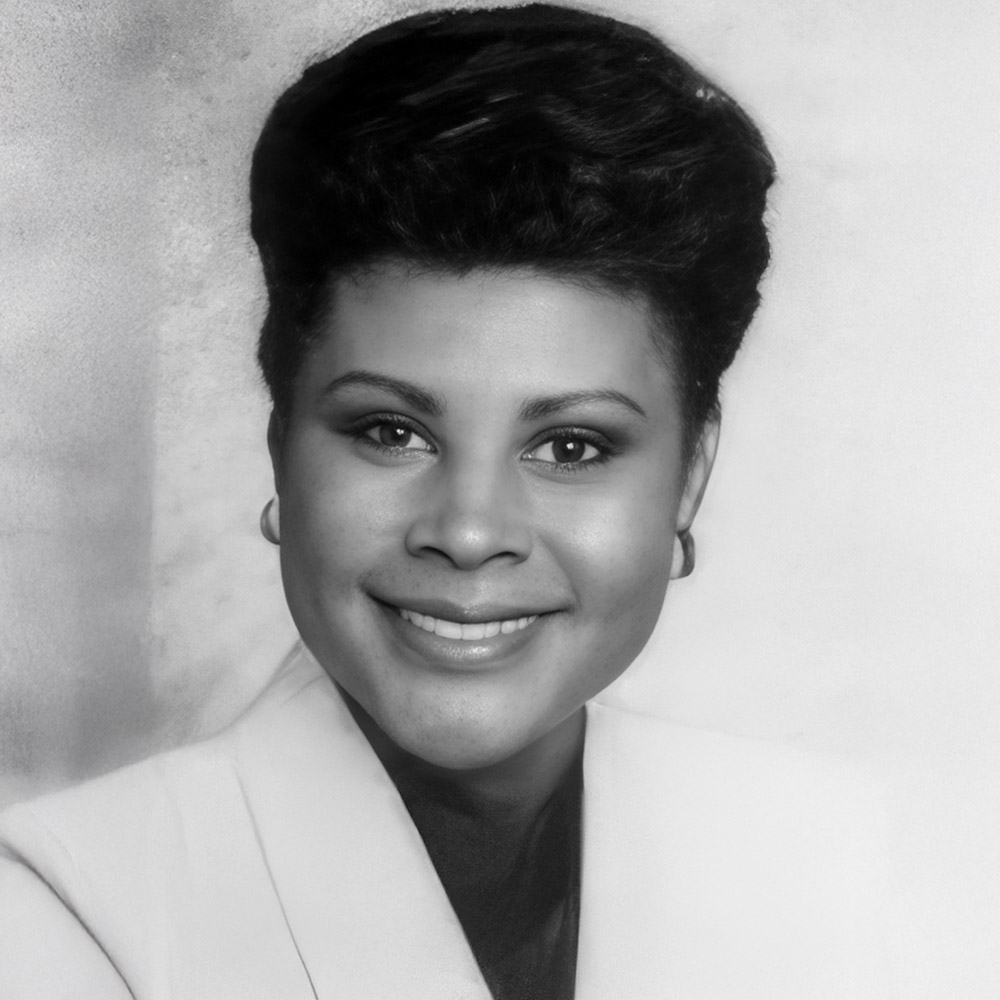
Governor's Award Honoree
Anne Holt
After 30 years in news, Anne Holt is more than a familiar face, she is a trusted friend. A three-time Emmy® Award winning journalist and recipient of the coveted George Foster Peabody Award for the investigative documentary Under the Influence, Anne is recognized by her peers throughout the Mid South as an outstanding role model.
Anne was one of 13 children born to a family of sharecroppers in west Tennessee. She received her education from the University of Tennessee in Knoxville and immediately went to work for the local television station, WATE.
Anne moved to Nashville in 1976, and went to work for " WKRN News 2 as a reporter and weekend anchor. In 1980, Anne became primary anchor.
She has received countless awards and honors including the Jerry Thompson Communicator's Lifetime Achievement Award from NCCJ; the Donald G. Hileman Distinguished Alumni Award from the University of Tennessee College of Communications, and the Distinguished Service Award from the Tennessee Association of Broadcasters. With that honor, Anne earned the distinction of being the first woman, the first African American and the first news anchor to receive the award.
In addition to her anchoring duties at News 2, Anne serves as spokesperson for News 2's Food to Families campaign. A sorting room at the Second Harvest Food Bank was named the "Anne Holt Room,” reflecting Anne's years of dedication to helping feed hungry families in Middle Tennessee.
Anne has served on the boards of NCCJ, Book'em, Leadership Nashville, Cumberland Valley Girl Scouts, Middle Tennessee March of Dimes, Inroads/Nashville, Inc., the United Way of Middle Tennessee; the Honorary Leadership Committee for the Nashville Chamber of Commerce's Partnership 2000 Project and numerous nonprofit fundraising committees.
In November 2006, Anne was appointed to the Board of Trustees of the University of Tennessee by Gov. Phil Bredesen.
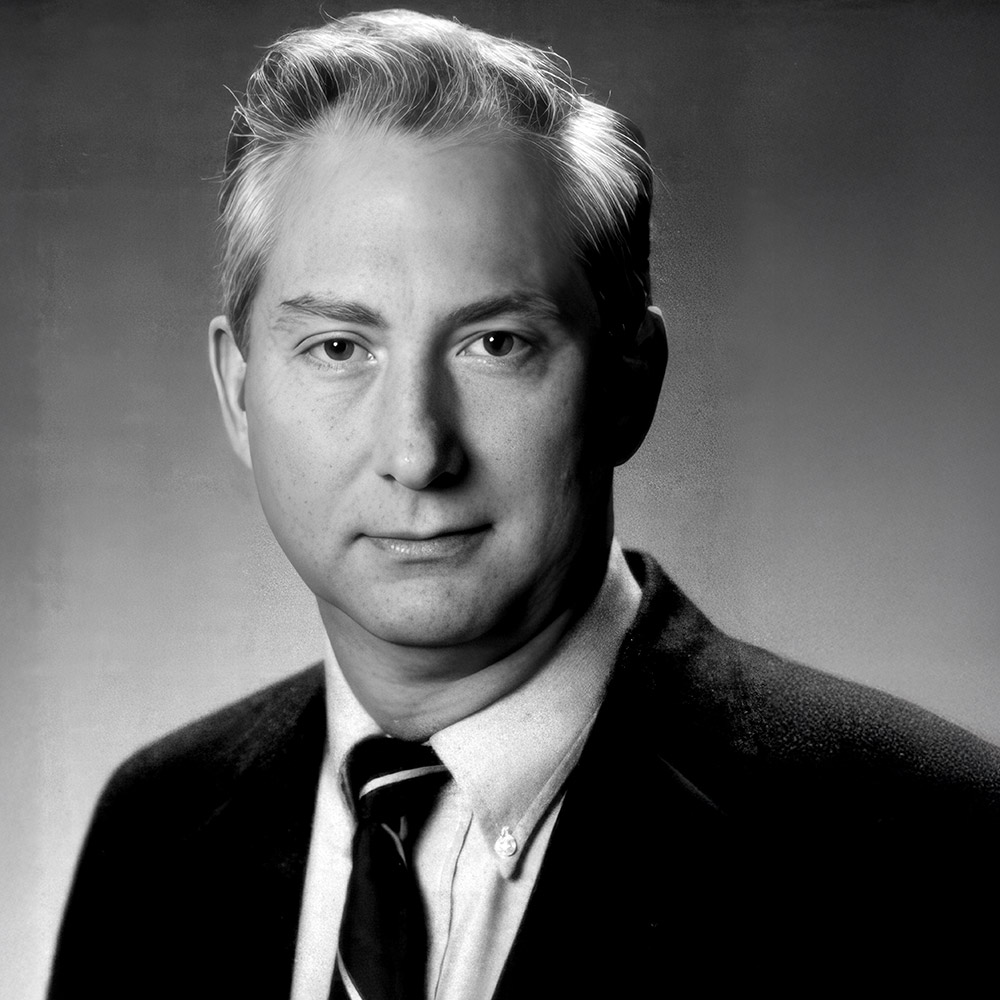
Governor's Award Honoree
Bill Walker
Bill Walker, who has anchored television news longer than anyone else on the air in Charlotte, retired from daily anchoring on WSOC-TV on June 8,2005.
Prior to his final broadcast as anchor, Eyewitness News and viewers paid tribute to Walker for his 37-year career with WSOC-TV, Charlotte's local news leader. A North Carolina native. Bill graduated from the University of North Carolina at Chapel Hill with a B.A. degree, double majoring in Radio-Television and Political Science.
He joined WSOC in 1968 as a radio news anchor and then he moved into television. Bill has won numerous national and regional awards during his career at WSOC. He received an Emmy® Award in 1998 for Newscast. The Scripps Howard Foundation honored Bill in 1995 with its National Award for Journalistic Excellence for Carolina Crime Solutions, a WSOC project to help people living in high-crime neighborhoods. Bill also won a first place award from the Atlanta Chapter of the Society of Professional Journalists for Carolina Crime Solutions. In 1994, he was inducted into the National Television Academy's Silver Circle, honoring quarter-century contributions.
Some of the highlights of Bill's career include a personal interview with President Gerald Ford in the Oval office, covering North Carolina's 400th anniversary with live broadcasts from England, reporting on the dismantling of the Berlin Wall, and traveling to Egypt for a documentary on Ramses the Great.
Bill began his career in journalism by delivering the afternoon newspaper in his hometown of Fountain, NC. Throughout his career, Bill always looked forward to delivering the news every day.

Governor's Award Honoree
Thomas E. Ervin
While a student at George Peabody College, Tom took a part-time job in 1956 as a projectionist at what was then WLAC-TV. Soon after graduation the following year, he was already climbing through the ranks of the station's Sales Department. By the mid-1960s Tom was the General Sales Manager. Then in 1975, he was promoted to Station Manager. In May of 1981 Tom became the President and General Manager of what was now WTVF, the position he held until his retirement in 1992.
Tom pioneered a variety of innovations in the Nashville television market. He was the first to bring satellite news gathering to the Mid-South-a remarkable step that made the timely coverage of breaking news possible from virtually anywhere in the market, the nation and the world. His passion for original local programming led to the creation ofWTVF's successful and long-ruiming Talk OfThe Town, a show that for its time was a unique blend of information and entertainment in the Nashville market. At his insistence, Channel 5 also produced and aired numerous documentaries and special programs focusing on timely community issues including AIDS, aging, unemployment, public health and urban growth. Dozens of political debates and forums-on the state and local levels - were initiated and aired by Channel 5 during Tom's tenure as GM. These efforts garnered WTVF numerous prestigious awards and other national recognition.
In addition to donating airtime, staff, and production resources each year to the Muscular Dystrophy and Children's Hospital telethons, Tom volunteered much of his own time to each cause. Each of these worthwhile organizations raised multiple millions of dollars due, in great part, to Tom's efforts. While running one of the five most watched CBS stations inAmerica, Tom was elected to the CBS affiliates board. He was also appointed as a member of the first Metropolitan Convention Center Commission and is recognized as a key player on the team that made the convention center a reality. During his career, Tom has served as Chair of the United Way campaign and on dozens of community boards including the Nashville Area Chamber of Commerce, the Metropolitan YMCA, the Muscular Dystrophy Association, the Salvation Army, the Cumberland Valley Girl Scout Council, and the Better Business Bureau.
Tom has been a recipient of the Good Neighbor Award from the National Coalition for Communities and Justice, was named Philanthropist of the Year by the National Society of Fundraising Executives and is a recipient of the Silver Medal from the Nashville Advertising Federation. Tom Ervin remains active in a variety of business interests in Nashville when he is not spending time spoiling his grandchildren
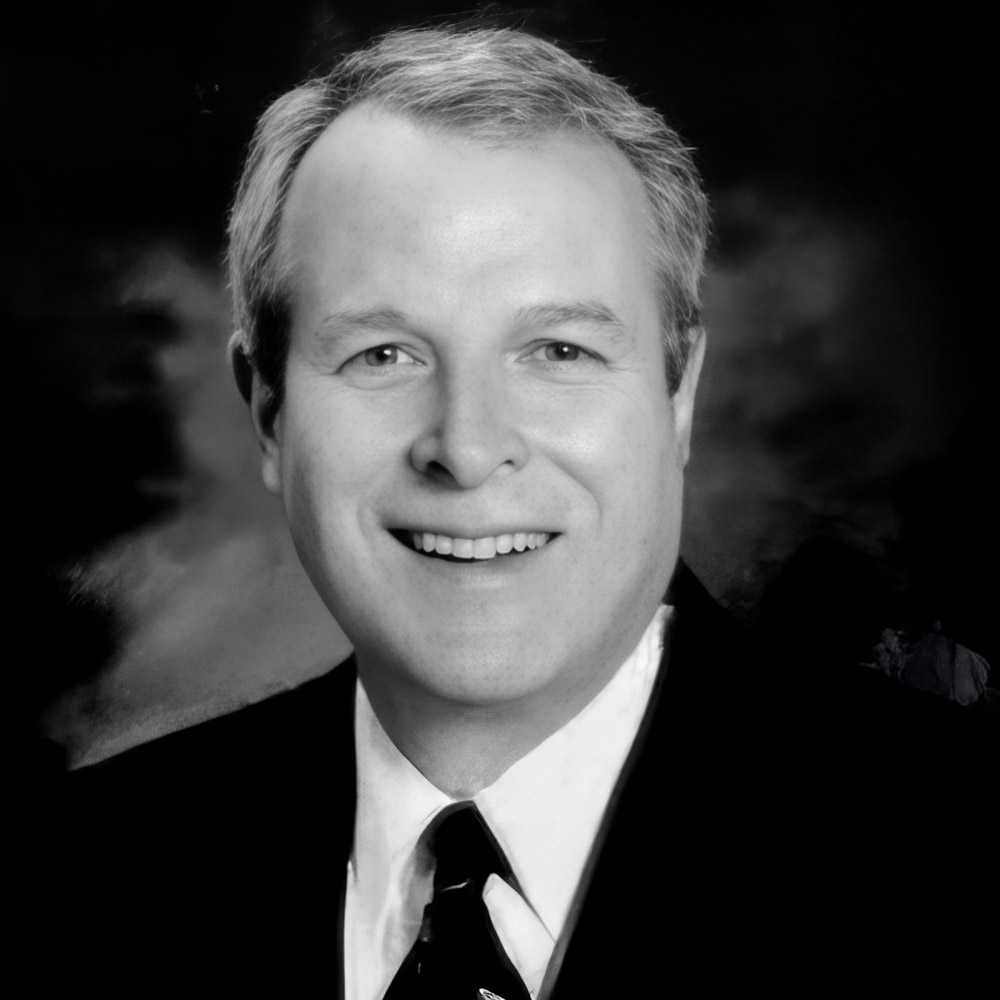
Governor's Award Honoree
Tom Howe
As the chief executive responsible for UNC-TV's 11-station public television network, UNC-TV Director and General Manager Tom Howe manages a budget of $25 million and a staff of 200 employees. Since Tom joined the Center in 1992, contributor income ''H increased by more than 46 percent and .M income from UNC-TV's annual fund-raiser-FESTIVAL-has increased by more than 60 percent.
Under his leadership, UNC-TV launched the state's first statewide weeknightly television information magazine. North Carolina Now, which is a staple in many North Carolina households. Since 1992 Tom has overseen improved transmission in Chapel Hill, Winston-Salem, Concord, Columbia, and Asheville, as well as the construction of the final station in the statewide system in Lumberton. He has overseen the FCC-mandated conversion to digital television that added 11 digital transmitters, as well as a digital microwave interconnect system, and that converted the network program origination center from analog to digital. During his tenure statewide viewership has increased significantly, and now 850,000 households view UNC-TV programming on a regular basis. This, along with a variety of new series and specials and a significant increase in original local productions, makes UNC-TV a very active facility, indeed.
A graduate of San Diego State University, where he earned both a bachelor of science and masters degrees, Tom has devoted more than 30 years to public television. Before coming to North Carolina Tom spent ten years as an executive at KCTS in Seattle; and prior to Seattle, he served in programming and production management positions in Albuquerque, New Mexico; in Nebraska; in Hawaii; and in San Diego, California. During his career he has supervised programs that have won 120 program awards, including a National Emmy®, a Peabody Award, and 40 regional Emmy® Awards. In 2003 he was awarded the Distinguished Service Award from the North Carolina Association ofBroadcasters.
Tom presently serves on the North Carolina Association ofBroadcasters Board ofDirectors. He and his wife Lindi live in Fuquay-Varina and have a son Sean, who is a lawyer living in Seattle.
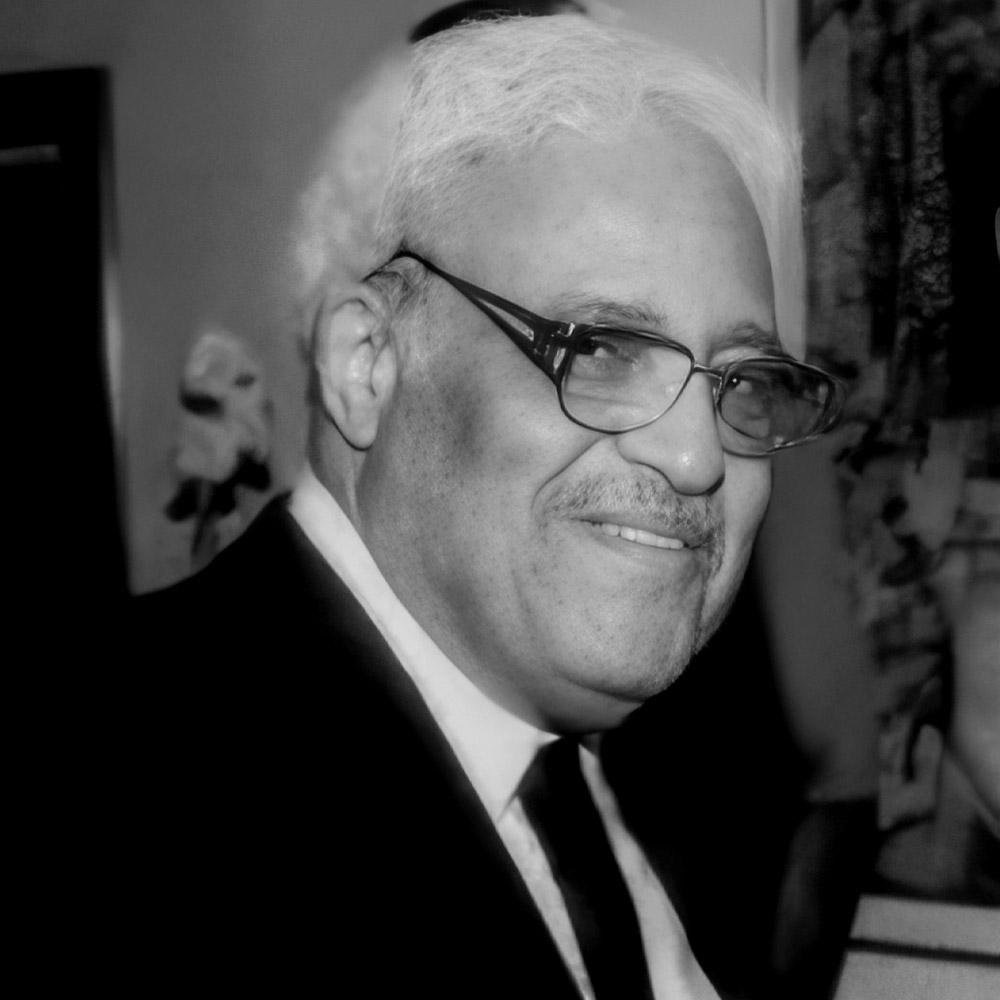
Governor's Award Honoree
Dr. Benjamin Lawson Hooks
Dr. Benjamin Lawson Hooks might be rightfully described as the quiet giant of the Civil Rights Movement. Serving as the Executive Director/CEO emeritus of the National Association for the Advancement of Colored People (NAACP) for 16 years, Hooks led the nation's largest and oldest civil rights organization through some of its most tumultuous times. Attending both LeMoyne College and Howard University, his education was interrupted by World War If, during which he served with the 92nd Infantry Division and saw combat in Italy. Hooks completed his education by earning a Juris Doctorate degree from the DePaul University College of Law in Chicago in 1948. Shortly after graduation, he began to practice law in Memphis.
Hooks was born into a Memphis family known for producing business leaders. He was no exception. In 1956, he co-founded the Mutual Federal Savings and Loan Association, where he served as vice president until 1972. Serving as an assistant public defender from 1961-1964, Hooks strengthened his desire for equal treatment under the law for all citizens. Noted for his drive and his stellar command of the law, he was appointed as a judge in the Shelby County Criminal Court system in 1965-the first African American judge in the South since Reconstruction. He was later elected to an eight year term in 1966.
Another first for Hooks was his appointment by President Nixon to serve on the Federal Communications Commission in 1972. He served for five years, resigning in 1977 to assume leadership of the NAACP.
He currently leads the Board ofDirectors for the National Civil Rights Museum as Board Chairman where he oversaw the $11 million expansion of the Museum, which opened in September 2002. He has served as pastor of the Greater Middle Baptist Church in Memphis for 46 years. Dr. Hooks has been married 51 years to whom he calls his first love and his best friend, Francis Dancy Hooks.
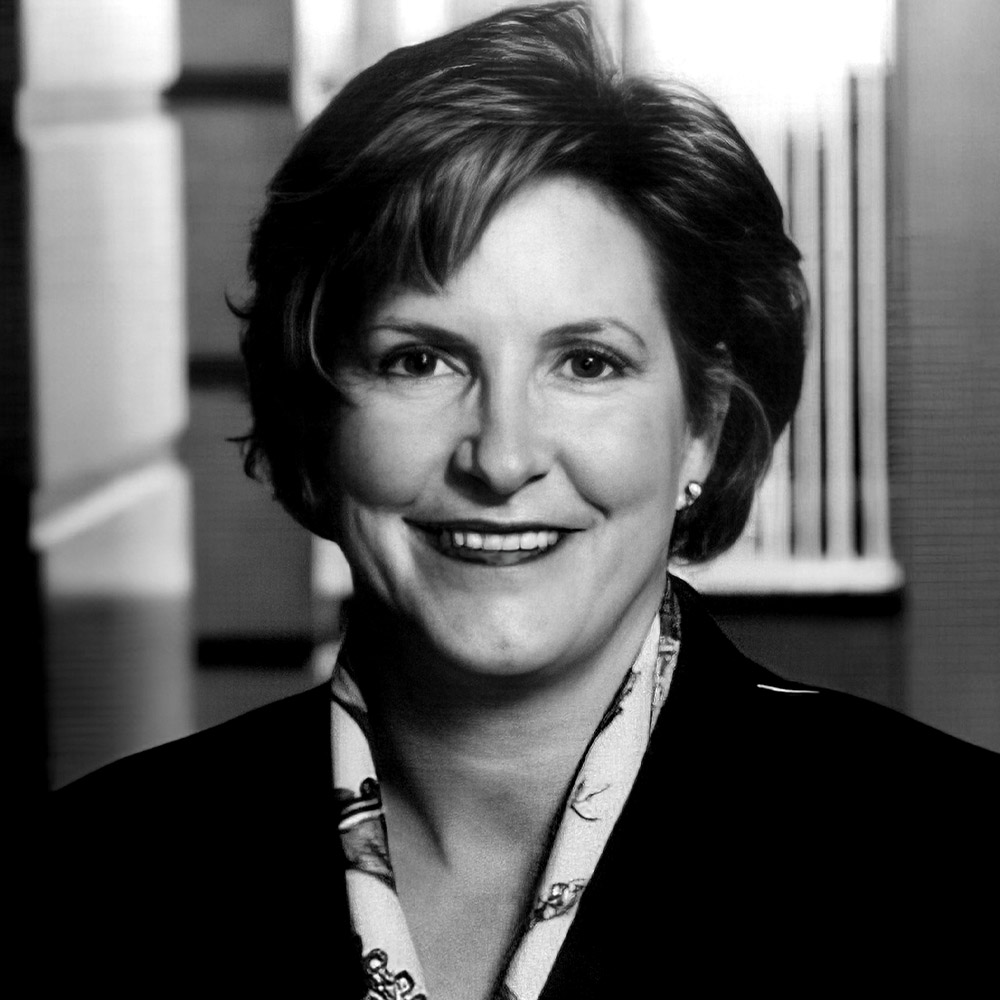
Governor's Award Honoree
Deborah A. McDermott
Deb was named Executive Vice President/Operations of Young Broadcasting, Inc. in May 1996. Her responsibilities include supervising the day-to-day operations of Young's twelve stations, which cover 11.3% of U.S. households. She also develops operating plans for prospective acquisitions by Young Broadcasting — most recently the purchase of KRON-TV in San Francisco.
Prior to this post. Deb served as Vice President and General Manager of WKRN-TV in Nashville. WKRN won the George Foster Peabody award for excellence in investigative reporting during her tenure.
In addition to her responsibilities with Young Broadcasting, she is Vice Chair of the ABC Affiliate Board of Governors, and a board member of the Television Bureau of Advertising (TVB). She is past President of the National Association of Television Programming Executives (NATPE). Deb's numerous honors include two Emmys®, the YWCA's American Women of Achievement Award, the National Conference of Christian and Jews - Jerry Thompson Communicator Award, the Women's Political Caucus Award, the MTSU Women of Achievement Award and the American Advertising Federation Governor's Award. In addition, she is a member of the Committee of 200.
Deb was a founding governor of the Nashville Chapter of The National Academy of Television Arts and Sciences.
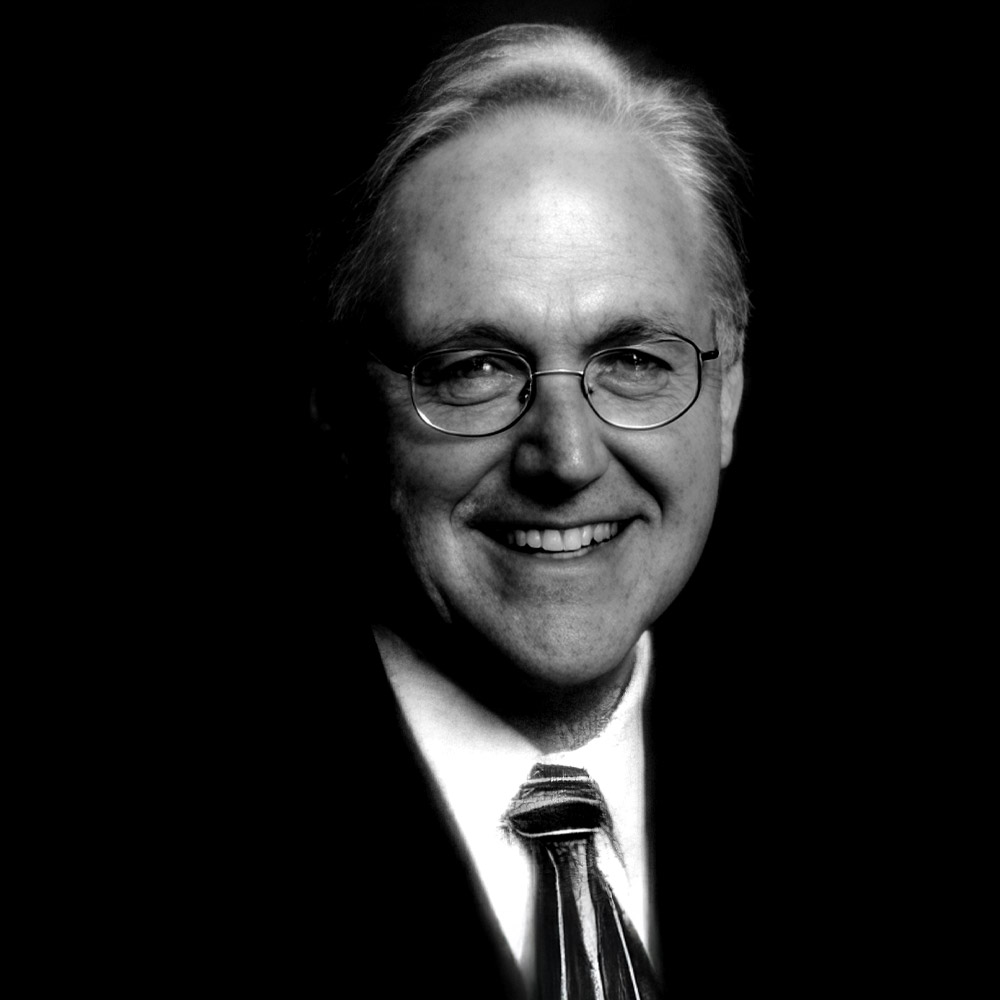
Governor's Award Honoree
Paul C. Corbin
Paul Corbin has had a distinguished career in broadcasting for 40 years. Early in his career, Paul tried announcing, news, sales, engineering and production. Learning that he thrived on creative projects, he spent most of his career in programming positions at KOCE-TV, Huntington Beach, California; KAID-TV, Boise, Idaho; KTWU-TV, Topeka, Kansas; and KIEM/KRED, Eureka, California.
Thinking it as his last stop, Paul went to San Francisco in 1981 where he became vice president and chief operating officer for KQED/Golden Gate Productions. He was co-creator of the award winning series Great Chefs and was responsible for scores of national series and specials. One of his many favorites was on location at Centre College in Danville, Kentucky with the late Pearl Bailey, Tony Bennett and the beloved Sarah Vaughan. Because of his work with Tennessee Ernie Ford for PBS, Paul produced in Nashville for several annual network specials.
In 1983, Paul was lured back to Nashville to serve as director of programming for the fledgling TNN. He co-developed the first Farm Aid in 1985 with Willie Nelson. He served as program head through the growth years of TNN and after 11 years he became vice president and general manager of Music Industry Development for TNN and CMT. Paul served in this position through transfers from Gaylord Entertainment, CBS Cable and Viacom’s MTV Networks.
After 17 years with the cable networks, Paul was recently named vice president of writer/publisher relations for BMI in Nashville.
Paul is a national trustee and past president of the Midsouth Chapter of the National Academy of Television Arts and Sciences (NATAS). He is past chairman and president of the Country Music Association (CMA), and serves on the CMA Awards Show Committee. He is an elected trustee for the Recording Academy and was appointed to the Grammy Awards Television committee in 1997. Paul is immediate past president of Leadership Music and a member of its Executive Committee.
Believing strongly in giving back to his community, Paul served as chairman of the Tennessee Valley Region of the American Red Cross and has served as national convention chairman. He has been involved on various boards and advisory committees for other community, legislative and industry organizations Including: The W.O. Smith Community Music School, Second Harvest Food Bank, Boy Scouts of America and is immediate past chairman for The Ear Foundation.
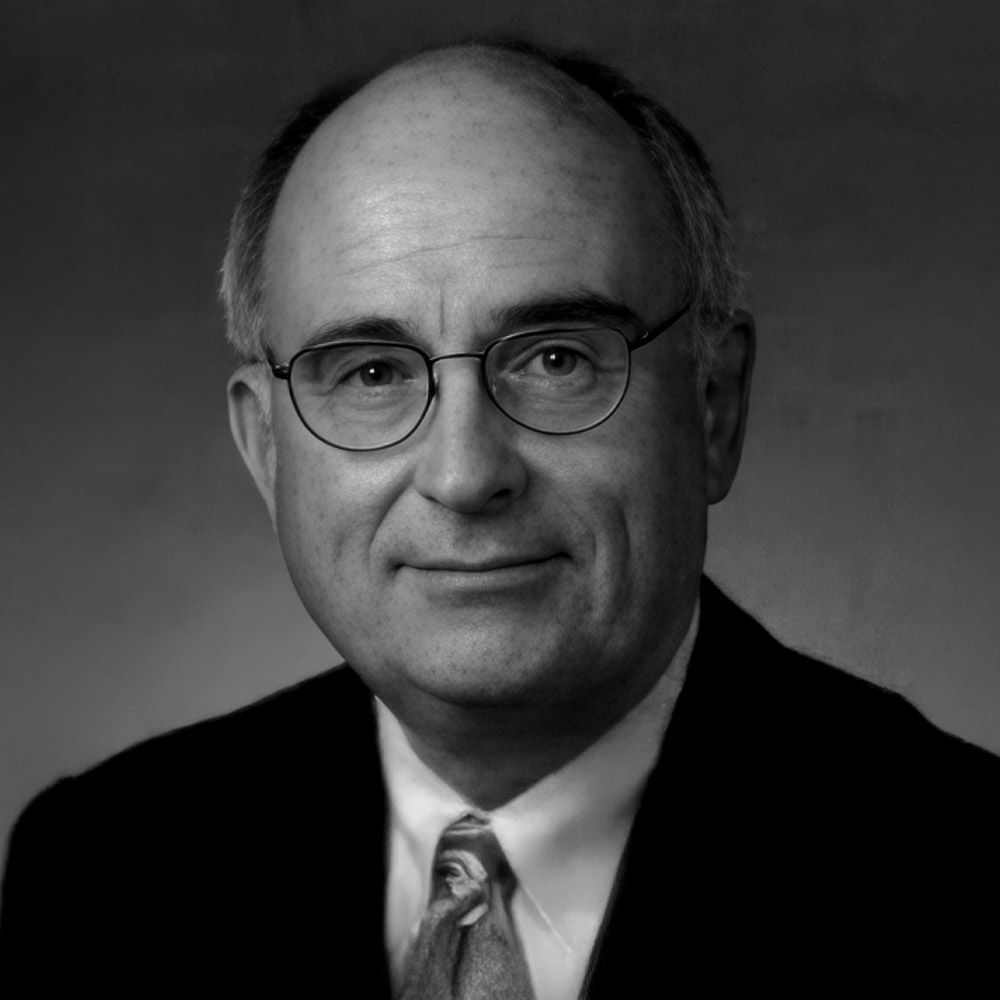
Governor's Award Honoree
James F. Goodmon
Capitol Broadcasting Company, Inc. (CBC) is a diversified communications company, with headquarters in Raleigh, North Carolina, whose divisions including WRAL-TV, WRAZ-TV, WJZY/WFVT-TV, WRAL-DT, WRAL-FM, Capitol Networks, Durham Bulls and Myrtle Beach Pelicans. Since Capitol Broadcasting was founded in 1937, it has remained an industry leader.
Jim Goodmon joined Capitol Broadcasting in 1968 and worked his way up to President and CEO. Under his management, Capitol Broadcasting expanded into satellite communications, the Internet, and High Definition Television (HDTV).
Many groups and organizations have honored Jim for his pioneering spirit and community service. Among his recent honors are the Digital Pioneer Award by Broadcasting and Cable Magazine, and the Jim Batten Media Award for bringing the Kids Voting Program to Wake County, NC. He was appointed to President Clinton’s Committee on Public Interest Obligations for Digital Broadcasters, also known as the Gore Commission, and he has been inducted into the Journalism Hall of Fame at the University of North Carolina.
Jim serves as President of the A. J. Fletcher Foundation, the Fletcher School of Performing Arts, and The Achievement School. He was Vice Chair of the 1999 Special Olympics World Summer Games. He serves on many boards, including the American Women in Radio and Television Foundation, and the University of North Carolina Center for Public Television.
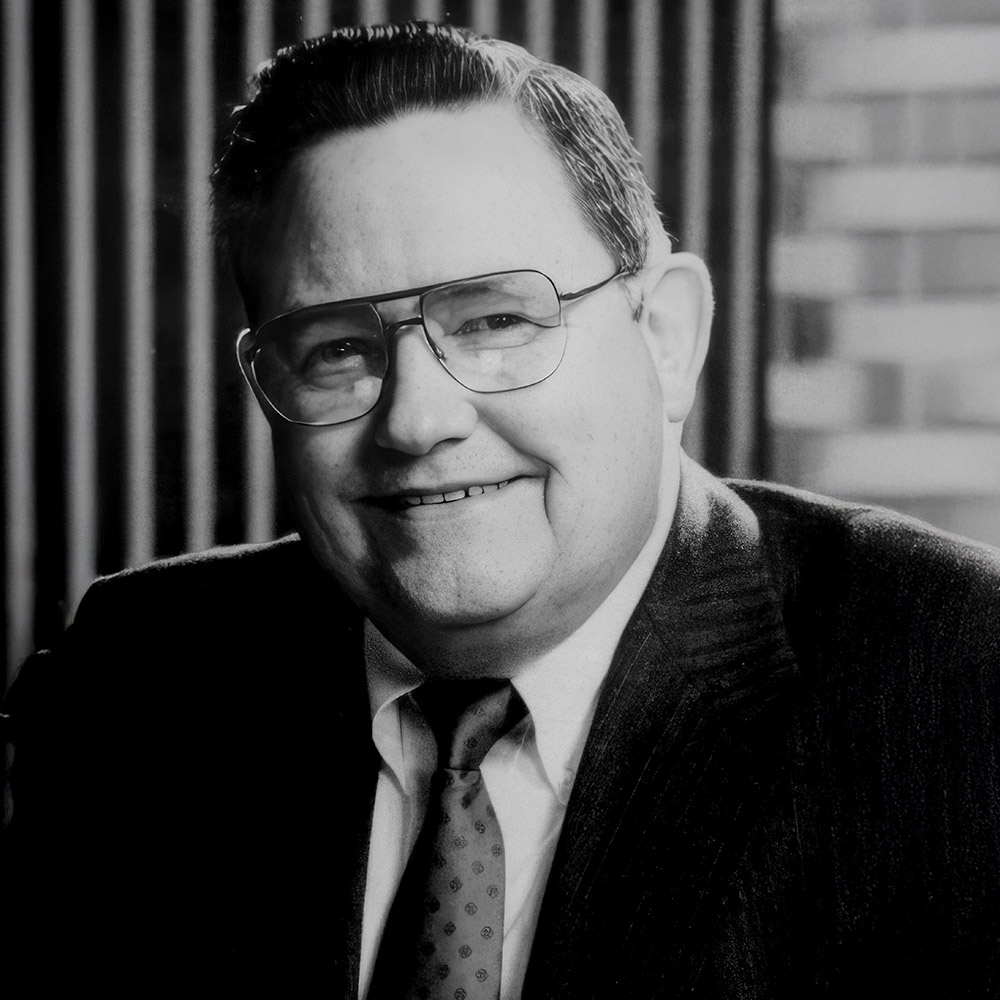
Governor's Award Honoree
Robert L. Shepherd
In 1965, just after celebrating his 32nd birthday, Bob was appointed general manager ofWDCN. He was one of the youngest public television station managers in the United States at the time—if not the youngest.
With a degree in radio and television and business administration from the University of Alabama, Bob began his career as production manager at WEDU, Tampa-St. Petersburg. He joined WDCN in 1963 as program-production manager.
It was through his initiative that the Nashville Public Television Council was created in 1974. NPTC was established to assist the licensee (the Metropolitan Board of Public Education) in the operation of WDCN, particularly in the areas of public relations, business affairs, and fund raising.
Bob was the principal negotiator for the licensee in the multi-million dollar channel swap between WDCN, public channel 2, and WNGE (now WKRN), the commercial ABC affiliated Channel 8. It took three and one-quarter years to complete the exchange, which took place in December of 1973.
He has served on the boards of Public Broadcasting Service, Tennessee Broadcasting Council and National Association of Educational Broadcasters. He has been executive vice president of the Nashville Public Television Council, and served on the board of the Southern Educational Communications Association (past treasurer, vice chairman, and chairman).
Bob was a founding governor of the Nashville Chapter of The National Academy of Television Arts and Sciences, and served as treasurer. He dedicated fifteen years to the academy, and thirty-five years to Nashville television.
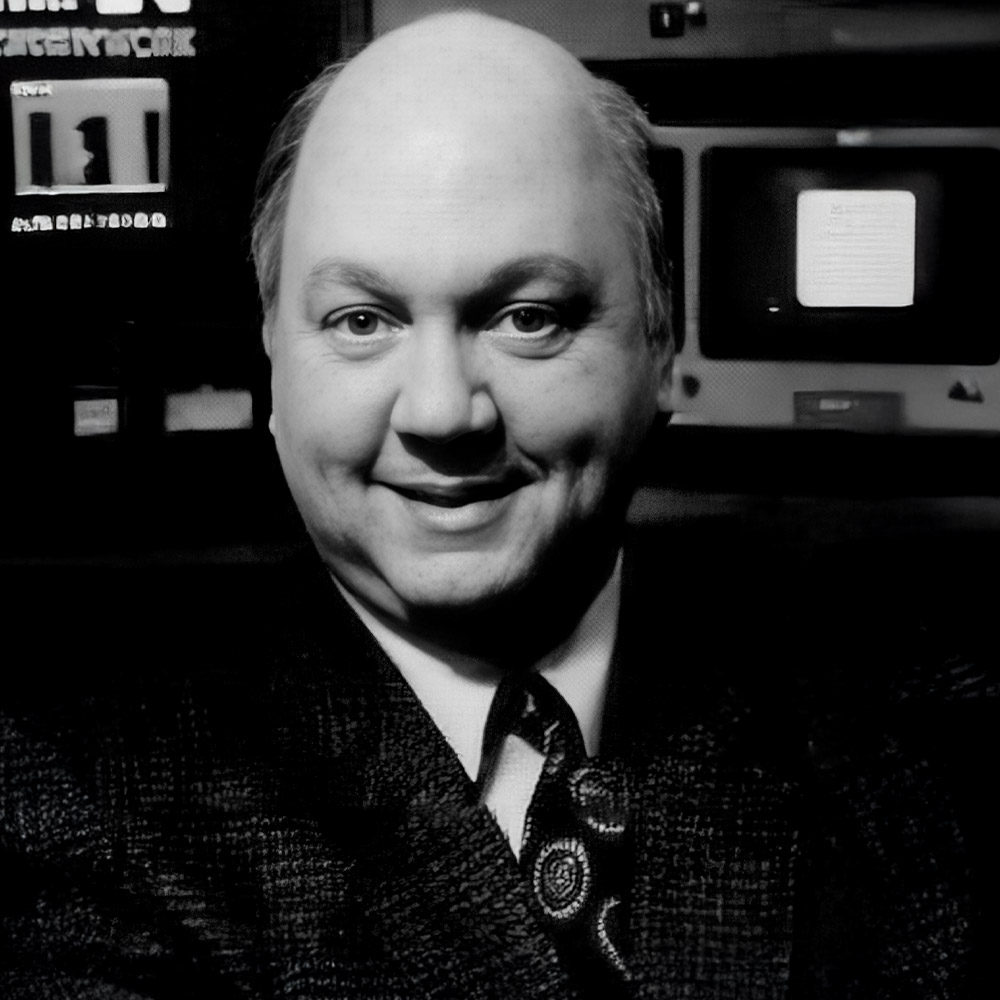
Governor's Award Honoree
David Hall
David became president of TNN and CMT in September, 1997. Previously, he was president of Gaylord Communications Group and chairman of CMT. TNN and CMT, which were acquired by CBS from Gaylord Entertainment Company in October 1997, are services of CBS Cable.
David oversees TNN, the eighth largest cable network in the United States, and CMT, a 24-hour country video channel serving North America. In addition, he manages a number of ancillary businesses including NASCAR Thunder, the official store of NASCAR; World Sports Enterprises, a dominant motorsports production company; and Peppercorn Players, a puppet company.
He joined Gaylord Entertainment Company in 1966, when he worked for WSM-TV while earning his electrical engineering degree from Vanderbilt University. In 1971 he was placed in charge of construction, installation, and operation of the sound and lighting systems for Opryland Theme Park, and in 1973 he was given the responsibility for construction of the Grand Old Opry House, home of the Grand Old Opry, and the world’s largest television studio.
In 1977 he was named general manager for TNN and in 1983 was named vice president of Opryland USA, Inc. When Gaylord Entertainment Company and Group W Satellite Communications acquired CMT in 1991, David assumed the additional position of president, CMT.
David joined the National Junior Achievement Board in 1996. A graduate of the Junior Achievement program during high school, he received the organization’s National DistinguishedAlumni Award in 1992. He is a founding member and governor of the National Academy of Television Programming, and serves on the board of the Sport Fishing and Boating Partnership Council, a ten-member group appointed by the Secretary of the Interior.
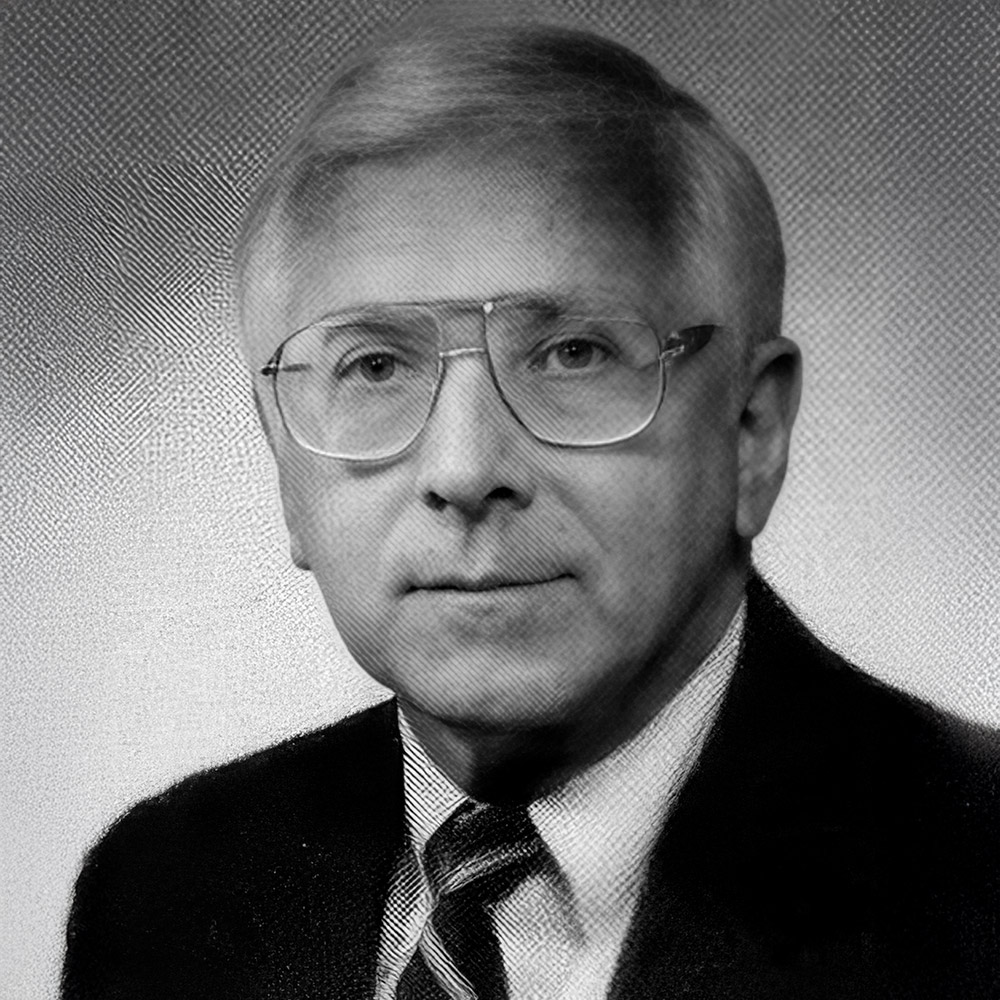
Governor's Award Honoree
James G. Babb
Jim was chairman, president and CEO of Outlet Communications, Inc. from 1991 through 1996, when NBC acquired Outlet and its three stations, WJAR, WCMH, and WNCN. He was president of Jefferson-Pilot Communications Company and a director ofthe Jefferson-Pilot Corporation in Charlotte before his 1991 retirement. Jefferson-Pilot consisted of 16 divisions in Charlotte, Atlanta, Richmond, Denver, Miami, San Diego, San Francisco, Memphis, New York City, Sydney and London.
He joined WBTV in 1956 as publicity supervisor, and became sales representative, general sales manager, vice president and general manager, vice president/television and managing director, executive vice president and director, and finally president and director of Jefferson-Pilot.
Jim is past chairman of the board of BMI, the Television Bureau of Advertising, the CBS Television Network Affiliates Advisory Board, vice chairman for television of the National Association of Broadcasters, and past president of the North Carolina Association of Broadcasters.
He is a trustee of the Arts & Sciences Council of Charlotte-Mecklenburg, and has served on the boards of the Charlotte Chamber of Commerce, North Carolina State Goals and Policy Board, the Governor’s Business Council of the Arts and Humanities, the Providence Public Library and the Providence Performing Arts Center.
Jim was recognized as one of Charlotte’s Top Ten Young Men of the Year as early as 1965, and then was honored by the Charlotte Advertising Club, UNC-Charlotte, Belmont Abbey College, and the NC Association of Broadcasters.
In 1991, he was elected a charter member to the UNCC Alumni Hall of Fame, and was the first recipient of the Col. Francis J. Beatty Distinguished Layman Award given by the Diocese of Charlotte. His other awards include the Mecklenburg County Bar’s Liberty Bell Award, Charlotte Woman in Communications Distinguished Service Award, and Business Volunteers for the Arts/Rhode Island.

Governor's Award Honoree
Mike Kettenring
Mike currently serves as vice president of news for New World Television. New World owns television stations in twelve major television markets, and employs more newspersons than ABC, CBS, or NBC.
He is a 29-year veteran of broadcasting, starting his career with the NBC affiliate, WDSU, New Orleans, where he worked nine years as a news reporter, producer, anchor, managing editor, and news director. In 1975, he moved to WSM-TV (now WSMV), Nashville, as news director. In 1983, he became president and general manager, a position he held for 12 years.
Under his leadership, WSMV won more than 170 national awards—too many to mention here, but they include two George Foster Peabody Awards, the broadcast equivalent of the Pulitzer Prize; the national Emmy® Award for Community Service, the only national Emmy® given for a local project; four National Headliner Awards; fourteen Gabriel Awards; seven Irises; and the Edward R. Murrow Award for the best newsroom in the United States. In addition, WSMV captured more than 100 regional Emmys®, and was recognized as the most honored TV station in America for the years 1985-89 among the 50 largest markets in the nation.
Mike has served on numerous local and national boards, including past president of the Associated Press Broadcasters in Tennessee, past president of Tennessee Association of Broadcasters, NBC News Advisory Board, NAB Children’s Committee, TSU, MTSU, United Way (chairman in 1994), and St. Thomas Hospital. Mike was a founding governor of the Nashville Chapter of NATAS and has served the academy for a decade. He currently serves on the national board of the Associated Press and the Poynter Institute for Advanced Media Studies. He was named alumnus of the year of the University of New Orleans, and Associated Press Broadcaster of the Year in Tennessee. Mike has been honored with a journalism scholarship in his name at Middle Tennessee State University.
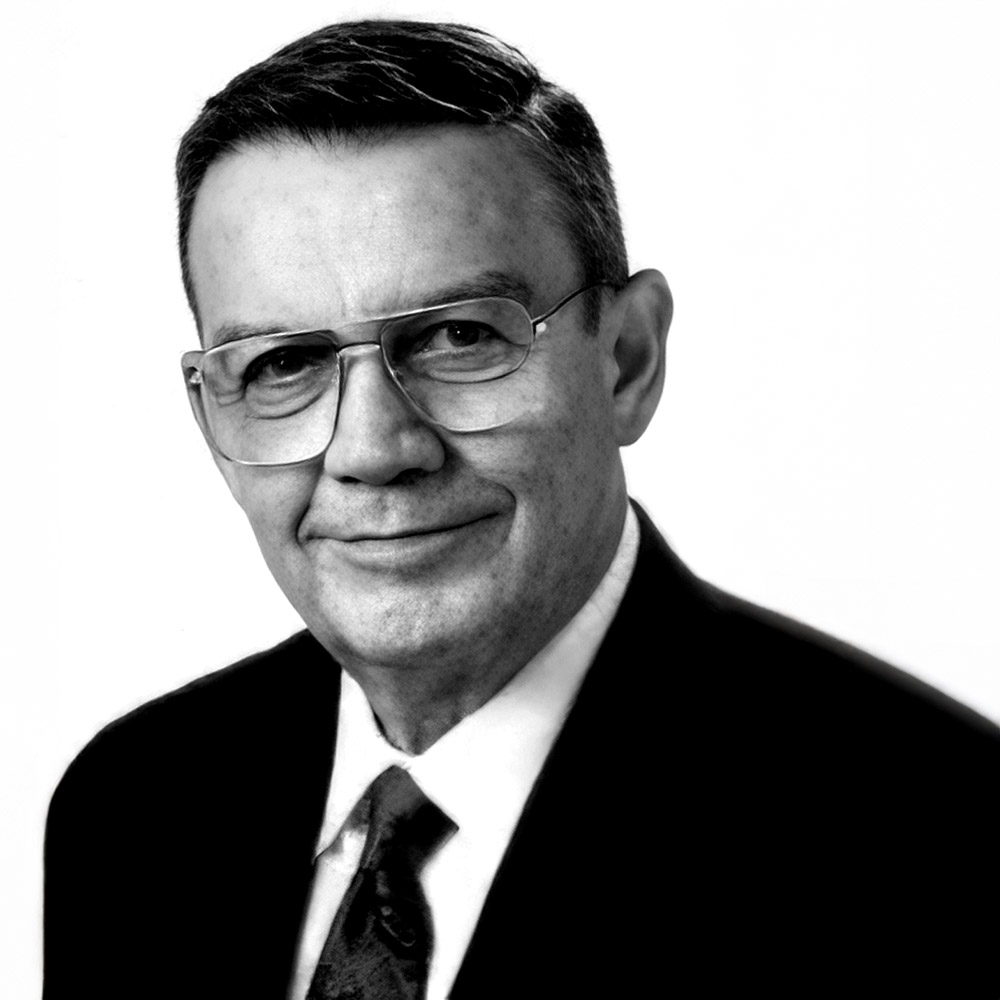
Governor's Award Honoree
Bud Wendell E.W.
Although it is impossible to recount his career and accomplishments without a two-hour documentary, the 1983 launch of TNN; The Nashville Network is generally considered Bud Wendell’s greatest contribution to television. TNN now reaches 64 million subscriber households in the U.S. and Canada. Then in 1991, under his guidance, Gaylord Entertainment purchased CMT, and launched CMT Europe in 1992, which is now in more than 8 million European homes. The most recent addition to the Gaylord Entertainment cable networks is Z Music, a contemporary Christian music video channel. He is spearheading the expansion of CMT international to the Asia-Pacific region.
All of Gaylord Entertainment’s properties have thrived under Wendell’s leadership through his more than 44 years with the company. During this time he served as general manager of the Opry and Opryland theme park. As manager of the Opry, he oversaw the relocation of the nation’s longest running live radio show from the historic Ryman Auditorium to the current location at Opryland USA.
In 1994, under his guidance, Gaylord Entertainment re-opened the 102-year-old Ryman Auditorium following an $8.5 million renovation, and opened the Wildhorse Saloon, a country music dance club and television production facility on Second Avenue in Nashville. Wendell serves on the boards of Third National Bank, St. Thomas Hospital, Country Music Association, and Belmont College’s Jack C. Massey Graduate School of Business.
He has won the Harmony Award from the Nashville Symphony Association, the Nashville March of Dimes Citizen of the Year, and the Easter Seals Nashvillian of the Year. Wendell has served as chairman of the Board of Governors of the Nashville Area Chamber of Commerce, and is chairman of the Boy Scouts of America’s national finance and investment committee, raising $7.8 million for the Middle Tennessee Council.
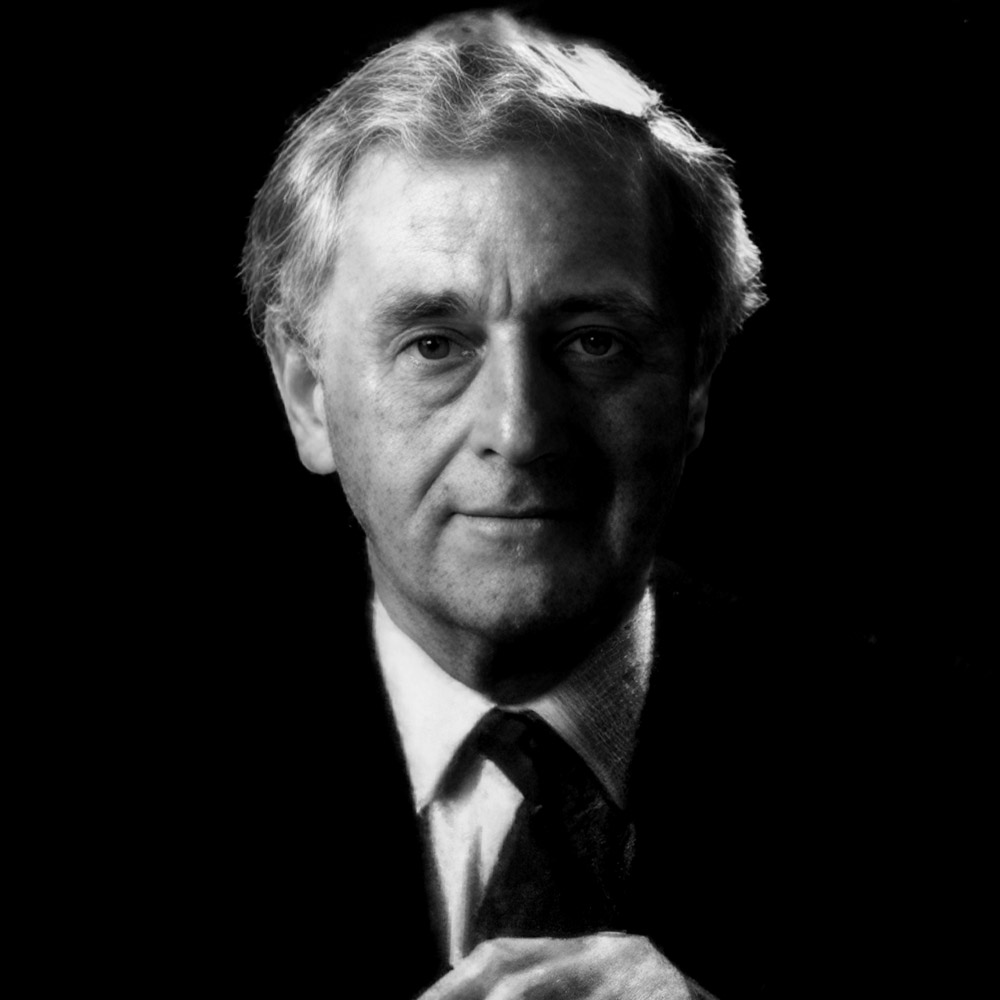
Governor's Award Honoree
John Seigenthaler Sr.
Defending and fostering free speech, and thereby a free press, has been paramount to John Seigenthaler, Sr. throughout his distinguished career as journalist, editor and publisher. As trustee of The Freedom Forum and chairman of its First Amendment Center, he continues that work, including developing new television programming. His book review series Word on Words is in its 22nd year on public television.
Mr. Seigenthaler, Sr. is chairman emeritus of The Tennessean, past president of the American Society of Newspaper Editors and currently chairman ofASNE’s First Amendment committee. He is also founding editorial director of USA Today, The Nation’s Newspaper. In 1981 he was awarded the Mass Media Award of The American Jewish Committee, and was recently named 1993 recipient of The Freedom of Speech Award granted for protection and advancement of free speech by The Media Institute, a non-profit research foundation specializing in communications policy.
He is a native of Nashville and began his journalism career in 1949 as a cub reporter at The Tennessean, eventually serving as Chairman, Publisher and CEO. During his tenure as editor and publisher, the newspaper won numerous national honors, including the Pulitzer Prize, the Sigma Delta Chi and National Headliner Awards.
In the early 1960’s he left journalism for a year and a half to enter government service, accepting appointment as Administrative Assistant to Attorney General Robert Kennedy. His service in the Justice Department included work in the fields of civil rights, organized crime and the judicial selection process. During the 1961 Freedom Rides, he was the Kennedy Administration’s chief negotiator with the governor ofAlabama. During that crisis he was attacked by a mob of whites and hospitalized. Other government service included presidential appointment to the U.S. Advisory Commission on Information and to the U.S. Appellate Judicial Nominating Commission.
He serves on the boards of the World Press Institute and the Committee to Protect Journalists, an organization concerned with protecting journalists in foreign countries. A First Amendment Chair of Excellence has been established in his name at Middle Tennessee State University. He is vice chairman of the executive committee of the Media and Society Seminars of Columbia University Journalism School, and member of the Advisory Committee of the School of Communications of American University. Educated at Peabody College and Harvard University, where he was a Neiman Fellow, he was Associate Professor of Communications Policy at Duke in 1980, and in 1984 he was elected a Sigma Delta Chi
His books include A Search for Justice, An Honorable Profession, and The Year Called Watergate.
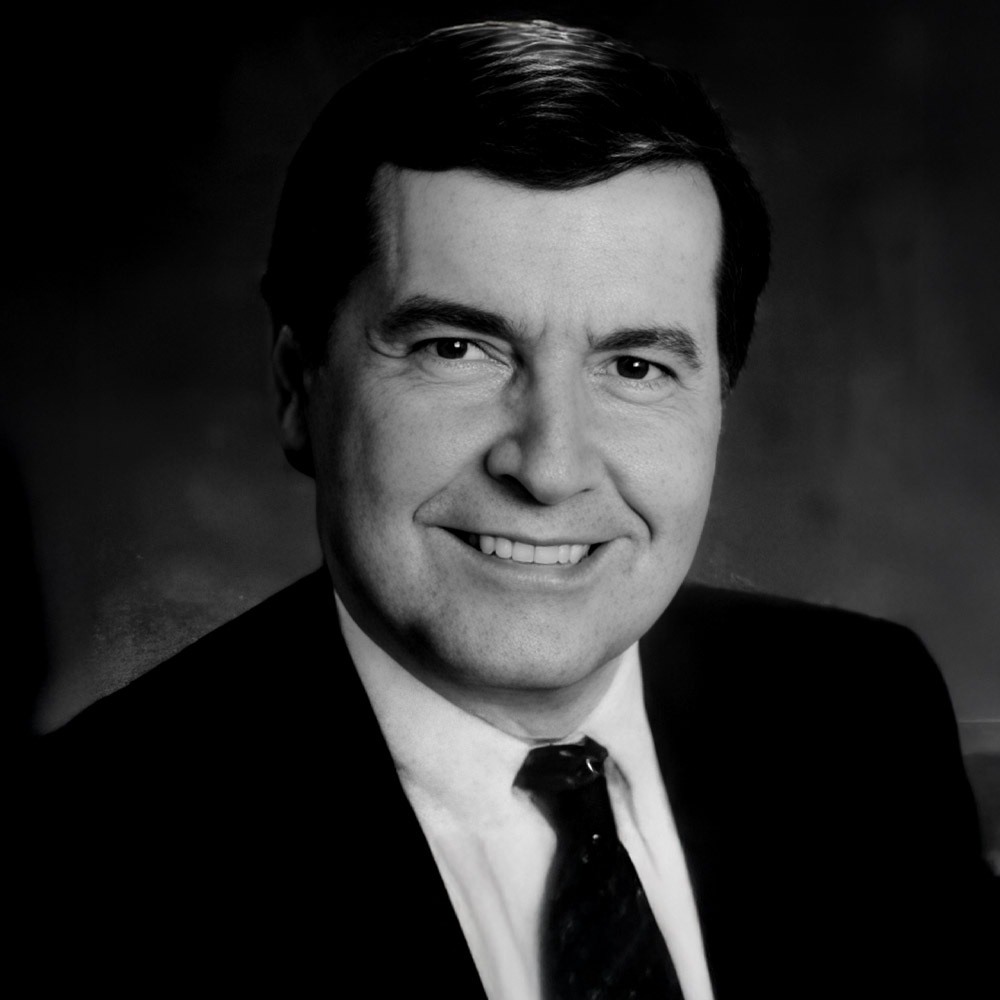
Governor's Award Honoree
Chris Clark
A graduate of the University of Georgia School of Journalism, he began his career at Channel 5 in March of 1966 after serving as reporter and news anchor at radio and TV stations in Georgia. I never intended to be an anchorman, Clark said. I just fell into it. When I came to Channel 5, they asked me to start anchoring the ten o’clock news on a temporary basis. I have been anchoring the news on a temporary basis now for 26 years!
During his years at Channel 5 Chris has served as reporter. News Director and Vice President, Director ofNews. During that time he has been in the forefront of First Amendment issues, and has traveled extensively throughout the world, including the Dominican Republic, Puerto Rico, Israel, England, Greece, Belgium, and the Soviet Union. Chris has reported on Presidential News Conferences, National Political Conventions and was once called on by the Tennessee Governor to mediate the release of visitors being held hostage by a prisoner at the State Penitentiary.
Chris has become deeply involved in the community, serving on the Board of Directors of: Green Hills YMCA; Nashville Chapter, National Conference of Christians and Jews; Muscular Dystrophy Association; Rotary Club; Nashville Zoo; and on the National Boards of the Associated Press Broadcasters Association, and the Radio and Television News Directors Association. Chris also served as President and Chairman of the Freedom ofInformation Committee, Sigma Delta Chi. In this capacity, Chris persuaded ChiefJustice of the Tennessee Supreme Court, Joe Henry, to allow the test of cameras in the courtroom. From this test the Supreme Court adopted rules allowing, under certain circumstances, cameras to be in courtrooms throughout Tennessee.
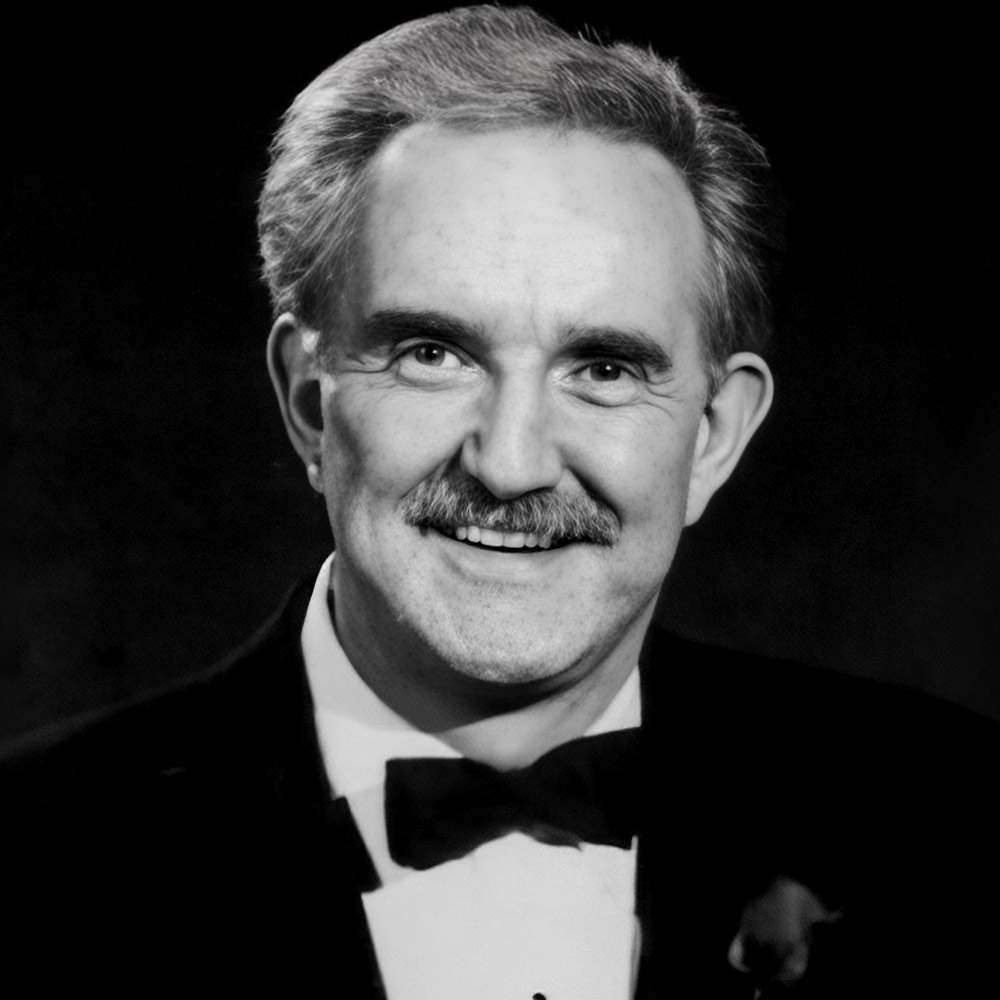
Governor's Award Honoree
Ralph Emery
Growing up in the small town of McEwen, Tennessee, this young man wouldn't know yet that single handedly, he would do more for country music than any other nonsinging performer. That one day, his voice would be heard on 445 radio stations, or that in the future, he would be seen on television in more than 54,000,000 homes. With his quiet charm, Ralph Emery would go on to dominate the airwaves, bring in huge ratings, and bless us with his forty year contribution to broadcasting. Ralph's family couldn't afford college, so he went to broadcasting school.
And in 1951, at the tender age of 18, Ralph Emery's career began in small town radio in Paris, Tennessee. Not long after, he made his way to Nashville. And in 1957, he joined WSM Radio, home of the Grand Ole Opry. Spinning the records of established and new artists, thirty eight states would listen as Ralph also played host to an incredible list of guests.
Because of his open door policy, country music's greatest stars and stars-to-be dropped by at all hours of the night for impromptu music and conversation. Ralph's success and interviewing skills on all night radio attracted the attention of the executives at WSM TV, and he was invited to host the early morning Opry Almanac. Ralph's open door policy carried over to television, and the stars came and everyone watched.
On New Year's Day 1972, Opry Almanac became The Ralph Emery Show. With Ralph's uncanny knack for spotting new talent, unknown and rising stars were made to feel as welcome as the established acts. Just a few of the words that could describe the show are unique, offbeat, and unpredictable. A fierce competition called The Outhouse Races became a tradition.
Why you just never know what would happen on The Ralph Emery Show. And something else would happen. The Ralph Emery Show would end up having the highest ratings of any locally produced television show in the nation, making NBC's Today Show very happy.
Eventually, Nashville would have to share Ralph, and the seventies found him hosting the syndicated Pop Goes the Country, and in the early eighties, hosting Nashville Alive on Ted Turner's WTVS. Only a month after Nashville Alive went off the air, TNN's Nashville Now went on the air. Ralph Emery would become a national celebrity himself.
Ralph Emery's tireless contributions have not gone unnoticed. Recently, 75 of country music's biggest stars got together and gave Ralph a surprise tribute.
Ralph has made many friends, and he's a success, not only because of his talent, but because he's a giver. He's given a helping hand to the stars, but he has given the most to us, his audience. Ralph Emery has had a distinguished twenty five years on television, but he has never forgotten his humble beginnings.
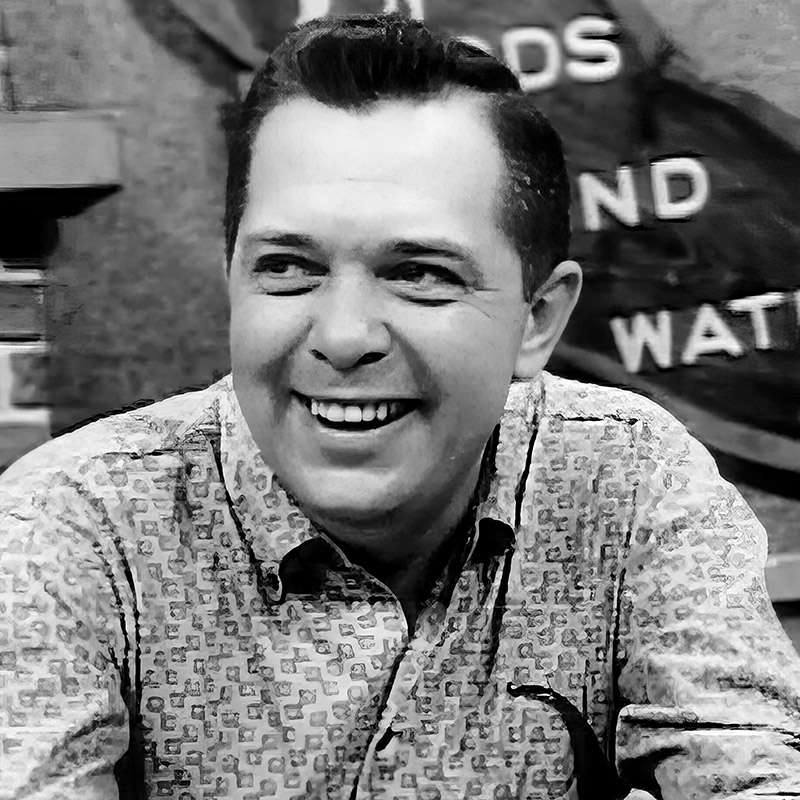
Governor's Award Honoree
Bill Jay
In 1956, television was just a novelty. It was that year Bill Jay became staff announcer at Channel 5. He would become known as one of Nashville's TV originals and would prove to be a real groundbreaker in the industry. Soon after arriving at Channel 5, then WLAC TV, Woods and Waters premiered. Not just any outdoor show, it was the area's top rated outdoor program with a kind of number stations can only dream about today. And as its devoted viewers would certainly agree, Bill considered the program more than a job. It was an adventure, and it was only the beginning.
Nashville's younger generation got a chance to know yet another side of Bill Jay, a warm, compassionate side known to children all over Middle Tennessee as Captain Bill. The late fifties brought thousands of youngsters to Channel 5's downtown studios to be on The Popeye Show, a program that was so successful, it was booked six months in advance.
The 1960s brought new responsibilities for Bill, including a position at the anchor desk on Channel 5's first early evening newscast. Bill and two photographers made up the entire news department, producing Newsbeat at 6 and The Big News at Ten.
Then came another move up to operations manager. Those years also brought on a physical move to the present James Robertson Parkway facility with a new and improved newsroom. In addition to other responsibilities, Bill served as director of programming for Channel 5 until his retirement in 1989. We salute you, Bill Jay, salute you for what you did for Channel 5, and commend you for your pioneer spirit and thirty three year contribution to the success of television in Nashville.
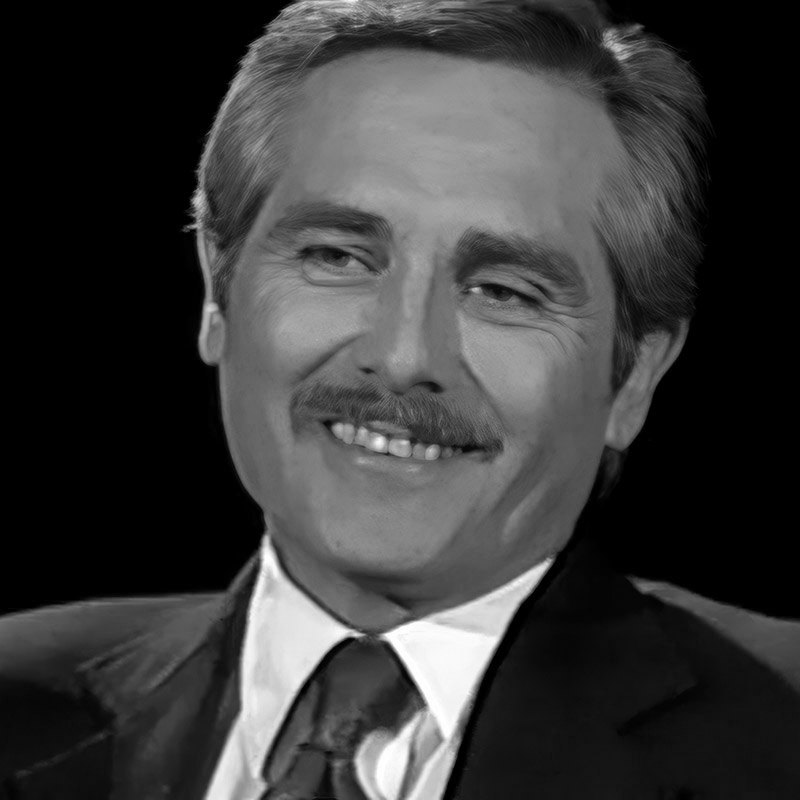
Governor's Award Honoree
Bob Boatman
Bob Boatman is most familiar to the Nashville television community as the director of Hee Haw since 1972.
Over the course of his career with Hee Haw, Bob directed over 430 programs. He actually started as Hee Haw's lighting director in 1971 and became the director the next year. However, Bob's national reputation as a lighting designer was firmly established long before he came to Nashville in Hee Haw. He was lighting designer for over 20 network television specials and series and a cameraman for over 23 motion pictures.He worked with John Wayne on the Alamo TV special, Wayne's award winning swing out sweet land special for NBC, and he was cameraman for Wayne's The Green Berets motion picture.
Bob was also the lighting consultant for the White House Communications Agency and served as lighting director for presidents Nixon, Ford, Carter, and Reagan.
Bob's credits as a producer director include Live from the Grand Ole Opry, Legends of Country Music, and Jack Daniels Silver Coronet Band, all on PBS. Bob also was a founding board member and solid supporter of the Nashville chapter. His steady hand and genuine affection for the Nashville television community guided us gently through these past years. We will miss him terribly, but we, his colleagues and friends, are fortunate. We are the ones who saw him smile and heard him laugh, and we are better people today because of him.
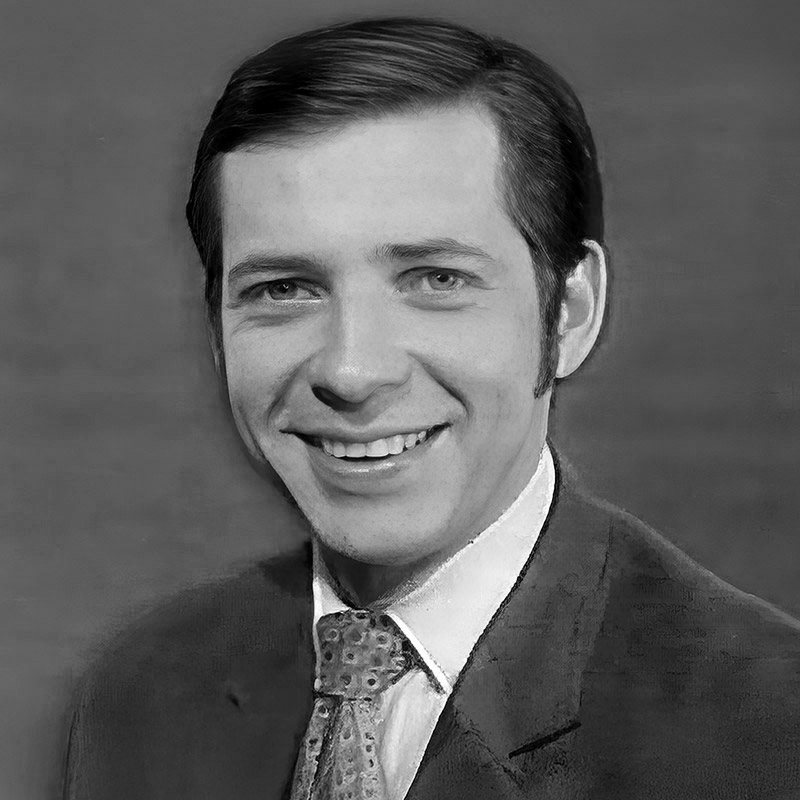
Governor's Award Honoree
Dan Miller
When Dan does the news, it's definitely different. From the beginning, when he started in Nashville television in October of 1969, they described his style this way: comfortable, almost casual, he brings the news home in a unique conversational way.
For seventeen years, Dan Miller brought his six foot three and a half inch frame into the living rooms of almost a million mid south viewers through the technology of television. He was seen by more people in the Nashville market than any anchor in our history. When he came to WSM television in the late sixties, it was as an announcer and weekend weatherman. It took WSM's Elmer Alley, Judd Collins, and Irving Waugh to convince him to give anchoring a try because he felt it to be too restrictive.
Before long, Dan Miller carved out a position unique in Nashville television history as Mister Nice Guy. On the 06:00 and 10:00 news, his concern was there. His professionalism was there. And his humor was there, touching the hearts of loyal fans as well as those at his side. He worked with many of the finest talents in the business.
From the anchor desk, he covered the stories that refined our history for almost two decades, and many claimed his delivery made it all a little easier to take. Ironically, to those closest to him, he's not Dan, but rather simply Miller, someone who shuns titles like Vice President of Program Quality to which he was elevated at WSMV in 1983. But to those who extended the title, it was symbolic. Symbolic of Dan Miller's breadth of talent and vision.
And so the highly successful Miller and Company became his creation in the spring of 1980, where he sat in his lavishly designed set, a restaurant booth, and interviewed the noteworthy of politics, entertainment, everyday life. He cared about the business of television in the Nashville market, always urging those around him to be subtle rather than brash. His attitude is credited by many with building the competitive spirit of the market for not one station, but for all. And while television and radio age named him the most popular news anchor of the top 50 markets in the country, he worried daily about how to do that day's newscast best. He worried the promotion people also who ran out of adjectives for him, having to resort to the untried after trying it all.
Dan Miller's gift to the Nashville television market can be measured in many ways, but perhaps none better than by the words of WSMV general manager Mike Kettenring when Miller decided to leave the Mid South to follow his dream: “Dan Miller has made our lives special. He has brought intelligence and personal warmth into our homes. He has cared for us. The twinkle in his eye and the pleasant mischief in his heart have enriched us all.”
He has made our lives better by bringing us the news we needed, good and bad, with concern, compassion, and gentle understanding.
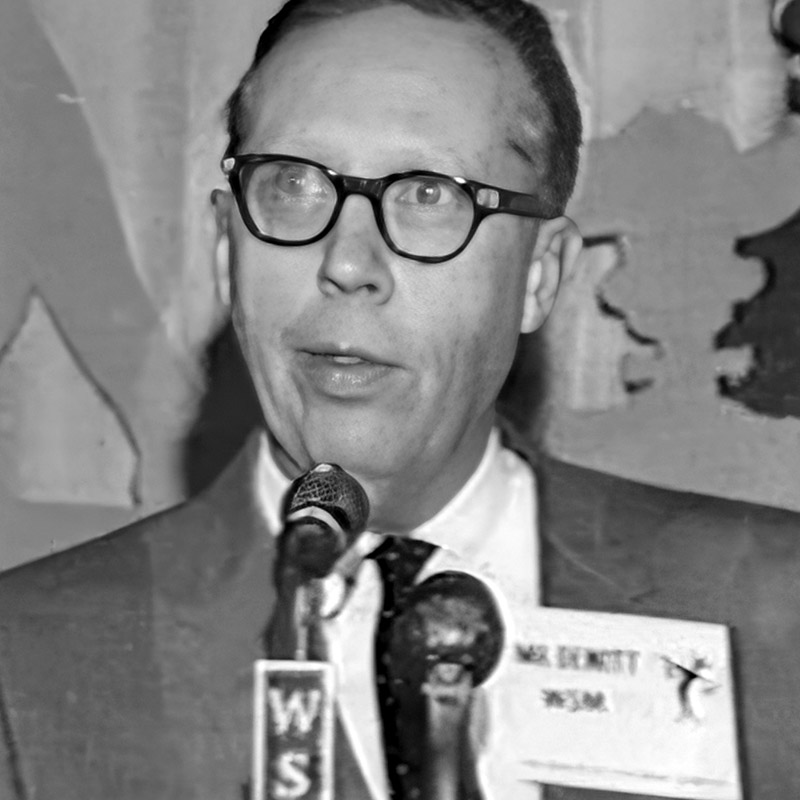
Governor's Award Honoree
Jack DeWitt
In 1925, EW Craig of the National Life and Accident Insurance Company had decided to open a radio station to help sell insurance. Thanks to a young engineering student named Jack DeWitt, who was already tinkering with radio, Mister Craig's broadcasting station became a reality. John H. DeWitt Junior, former president of WSM Incorporated and a pioneer in radio, television, and astronomy, was born in Nashville on February 20th, 1906, and started his career in 1922 by constructing the first broadcasting station here in Nashville at the Ward Belmont School, now known as Belmont College. Over the next six decades, he's been an active leader in the fields of radio, television, and astronomy, and in civic affairs. In 1925, while attending Vanderbilt University Engineering School, young DeWitt took the summer off to help put radio station WSM on the air.
In 1929, he became a member of the technical staff of Bell Telephone Laboratories in New York City. While at Bell Labs, one of his areas of expertise was Clear Channel Broadcasting. And in 1932, he returned to Nashville to become chief engineer of WSM and supervise the station's increase in power to 50,000 watts and Clear Channel status. In 1942, DeWitt rejoined the staff of Bell Telephone Labs and worked solely on the design of radar equipment for the military services. As Lieutenant Colonel DeWitt, he was awarded the Legion of Merit for the conception and development of a radar mortar locator.
In 1946, he was the officer in charge of Project Diana of the Army Signal Corps, which resulted in the first radar contact with the moon. For Jack DeWitt, being the first person to send a signal away from this Earth and get it back was only one of the long list of firsts, putting the first commercial FM station on the air, W47NV in 1941, which played all classical music, building the first stabilized video camera on a celestial telescope, putting Nashville's First TV station on the air, inventing the image orbiter used on GE Image OrthoCon cameras to prevent picture burn in, first on air use of the Nimbus weather satellite pictures, and the list goes on. DeWitt became consultant to the Clear Channel Broadcasting Service in Washington DC in 1946, and the following year was named president of WSM Incorporated, where he remained until his retirement in 1968. John H DeWitt Jr., astronomer, world traveler, inventor, patron of the arts, engineer, and gentleman.
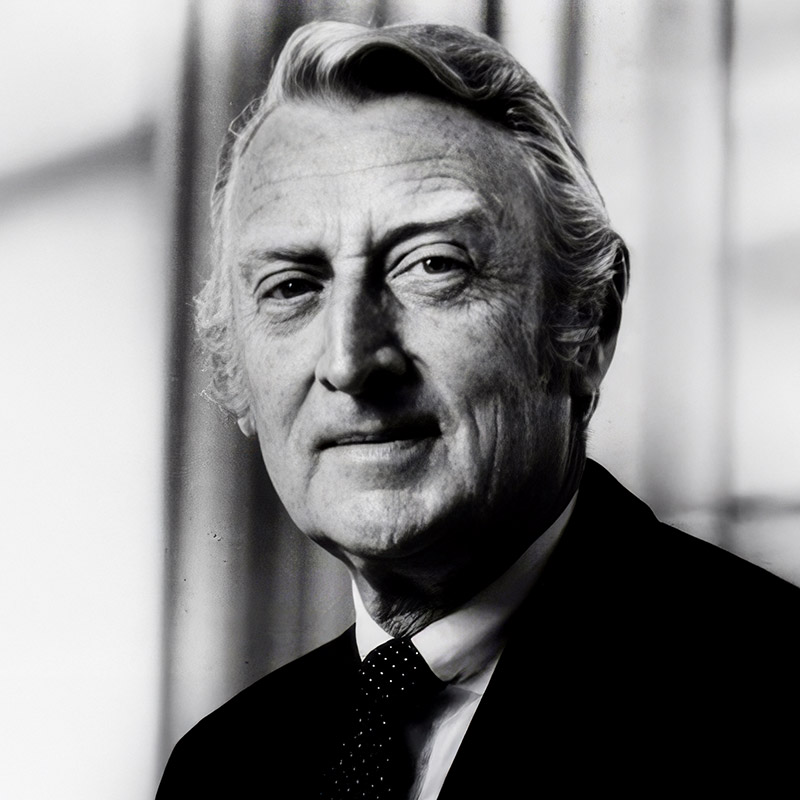
Governor's Award Honoree
Irving Waugh
Radio and television executive Irving Waugh was born December 8, 1912, and died April 27, 2007. He joined WSM-Nashville as a radio announcer in 1941. During World War II served as NBC radio special correspondent in the Pacific Theater. He returned to WSM in the late 1940s and began a career that included positions as commercial manager, general manager, vice president, and president of WSM’s radio and TV operations. He served as WSM president, 1968-1978.